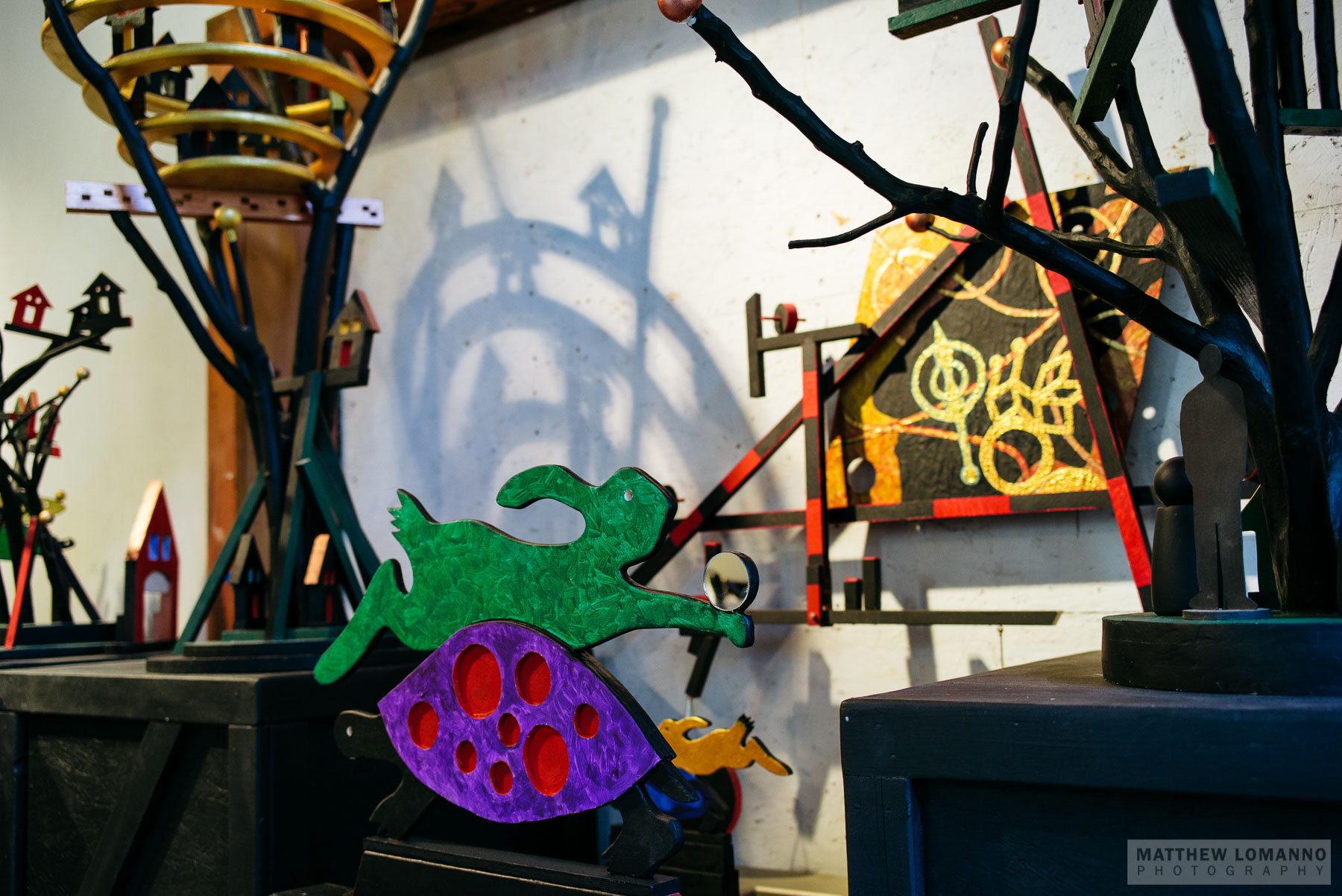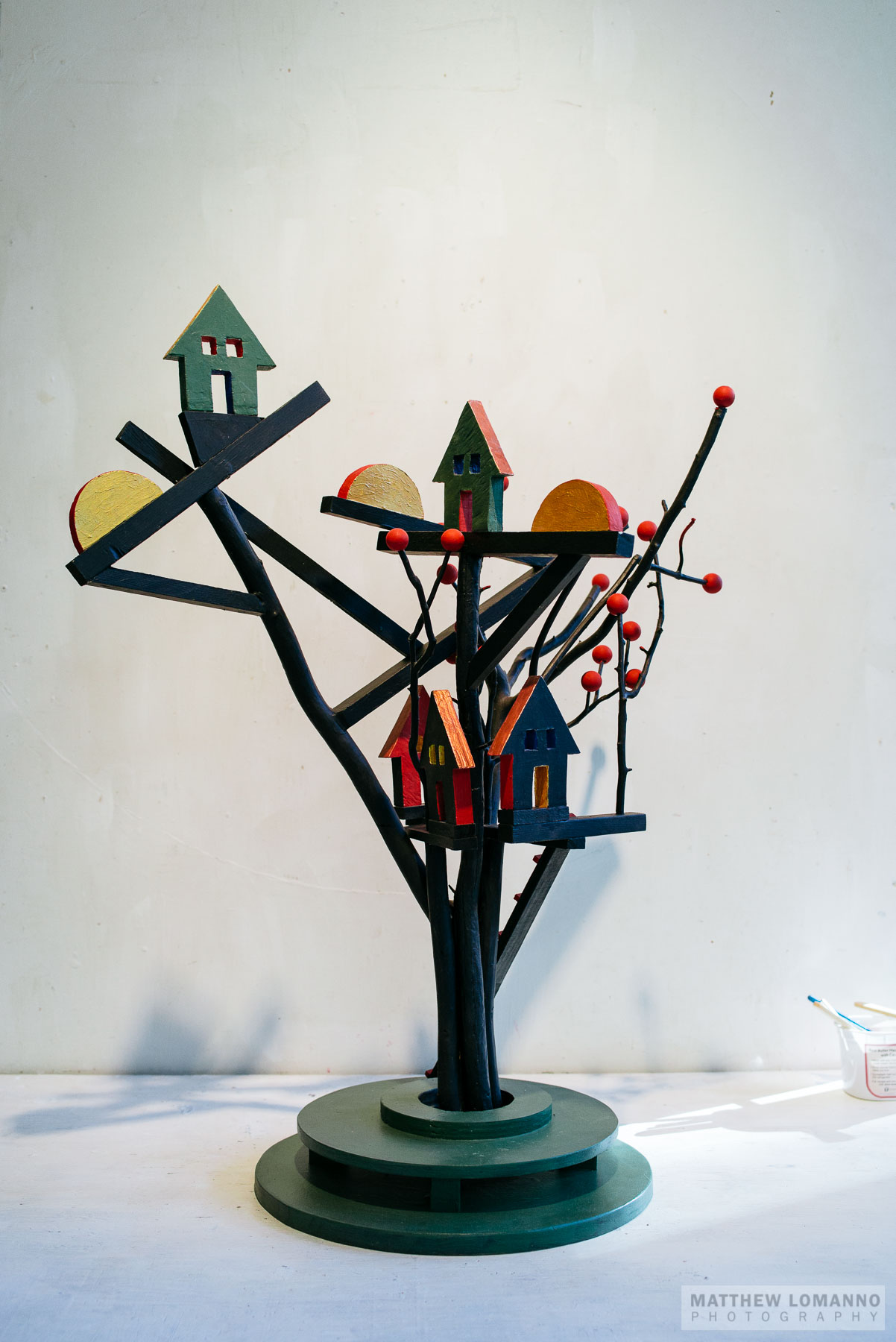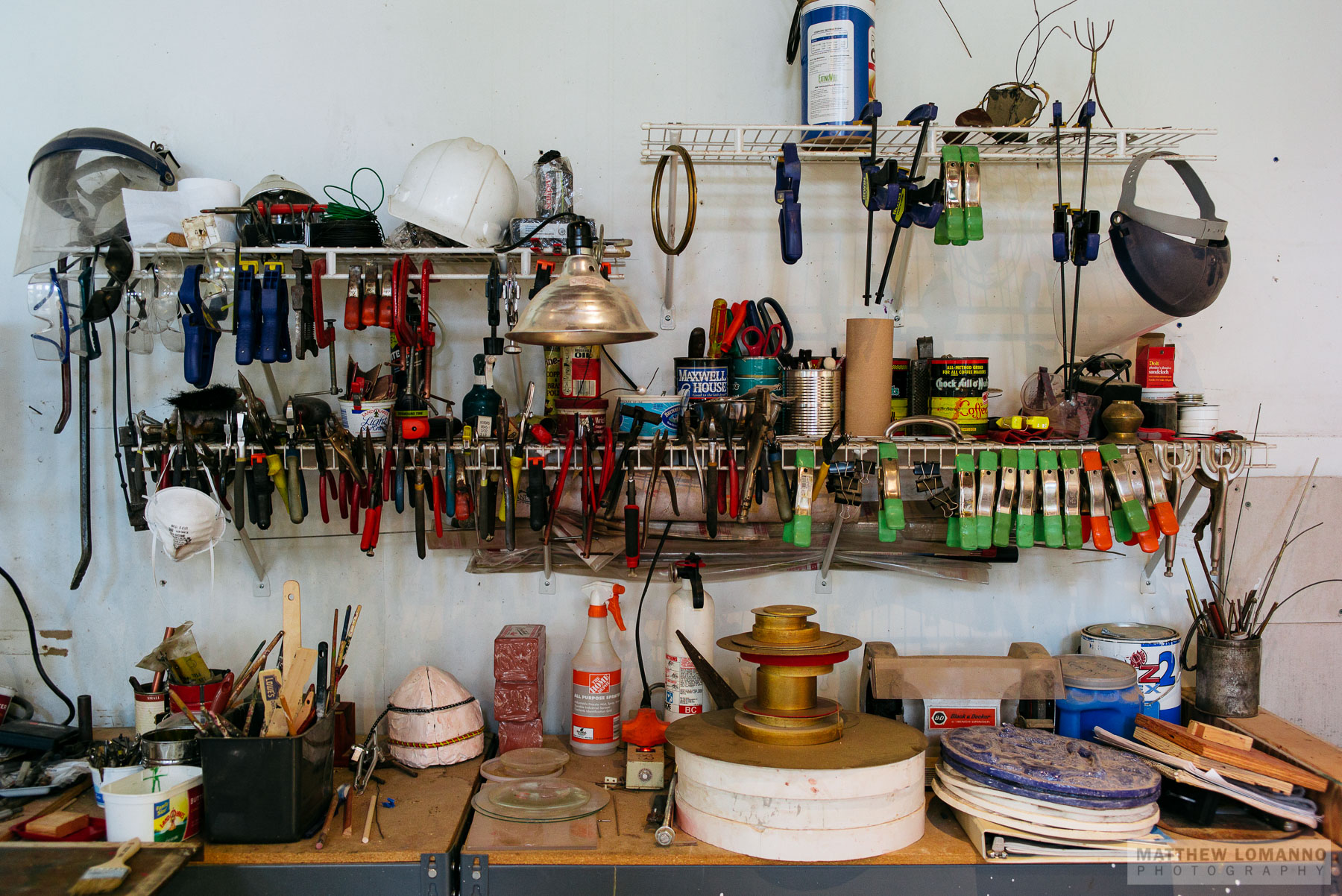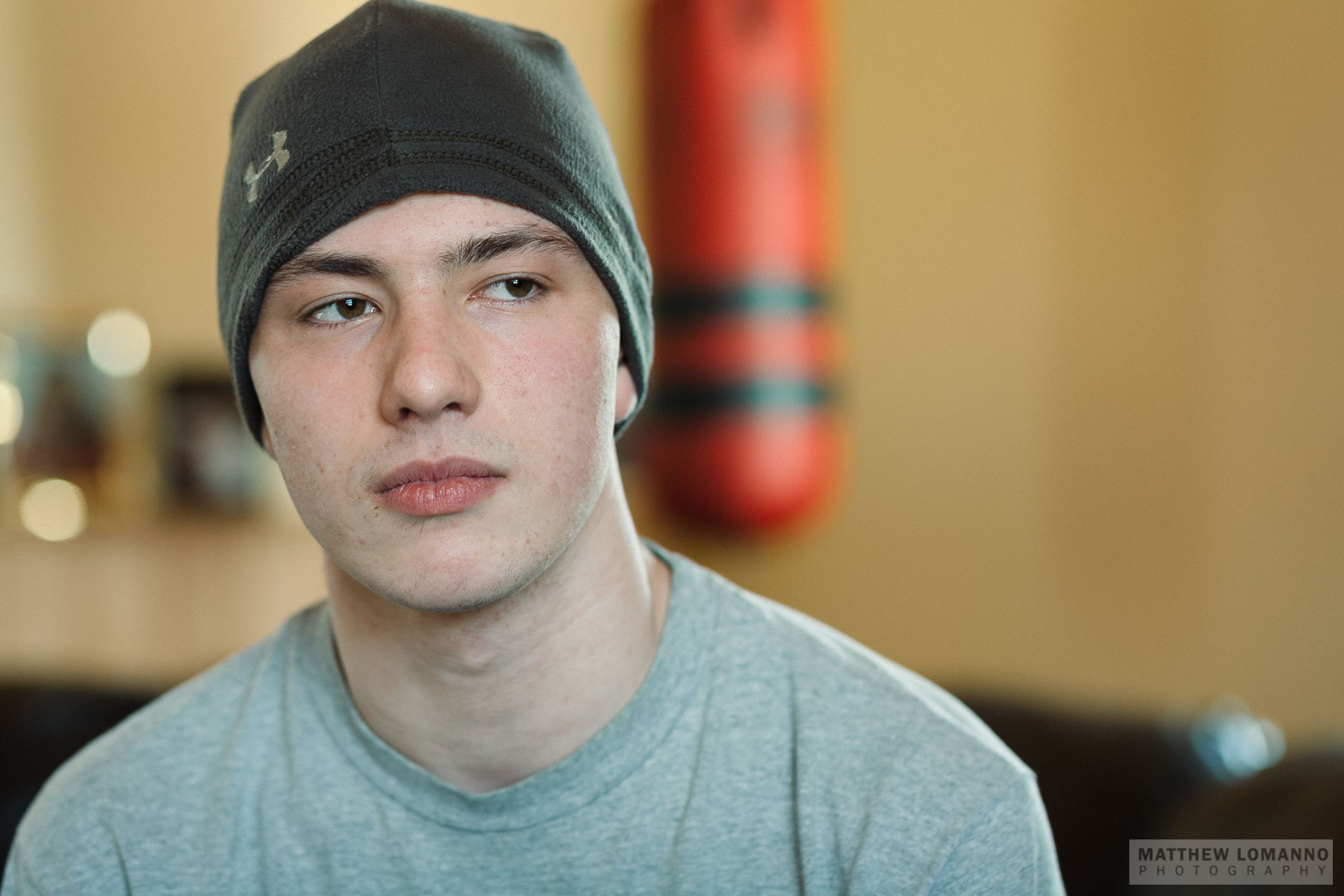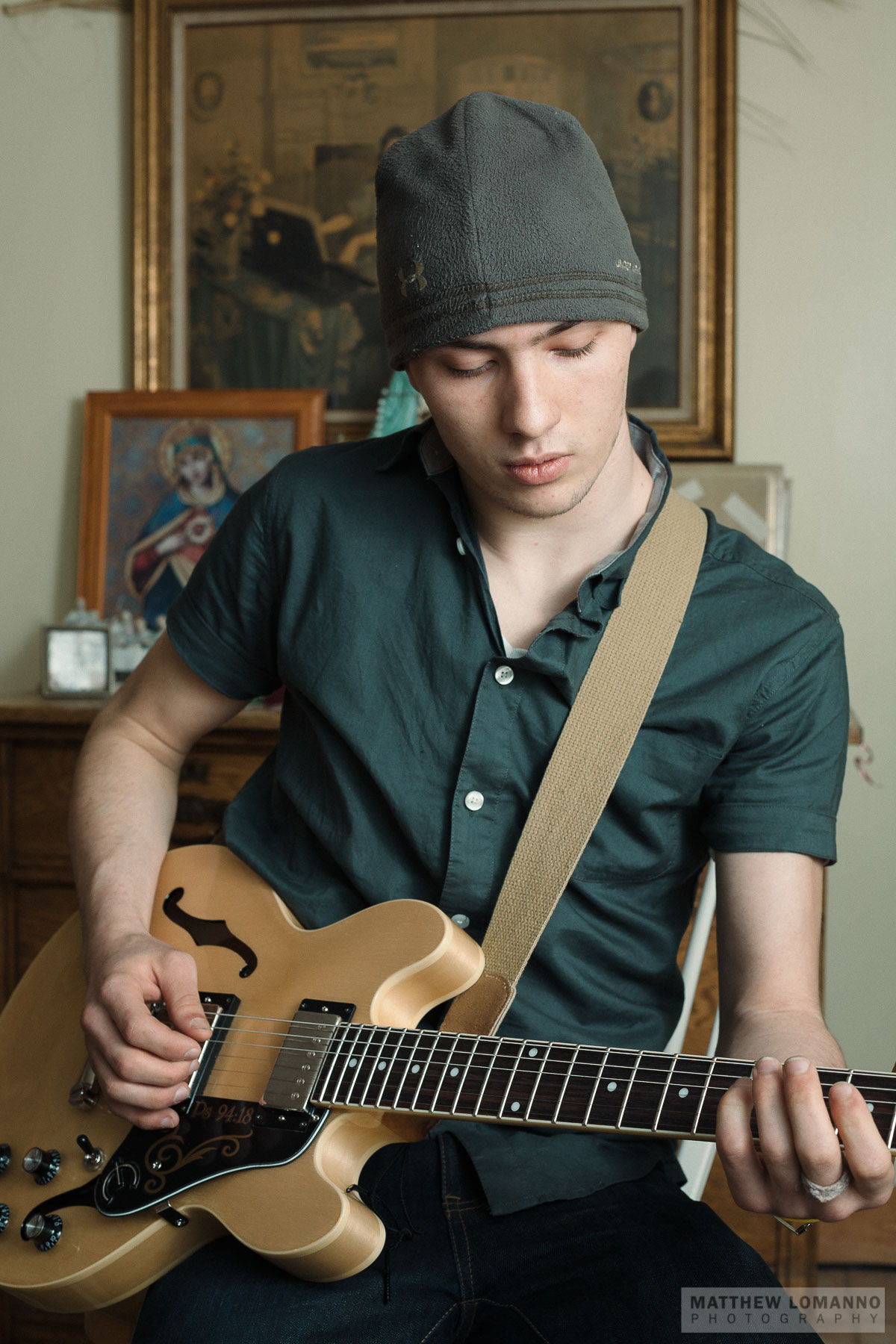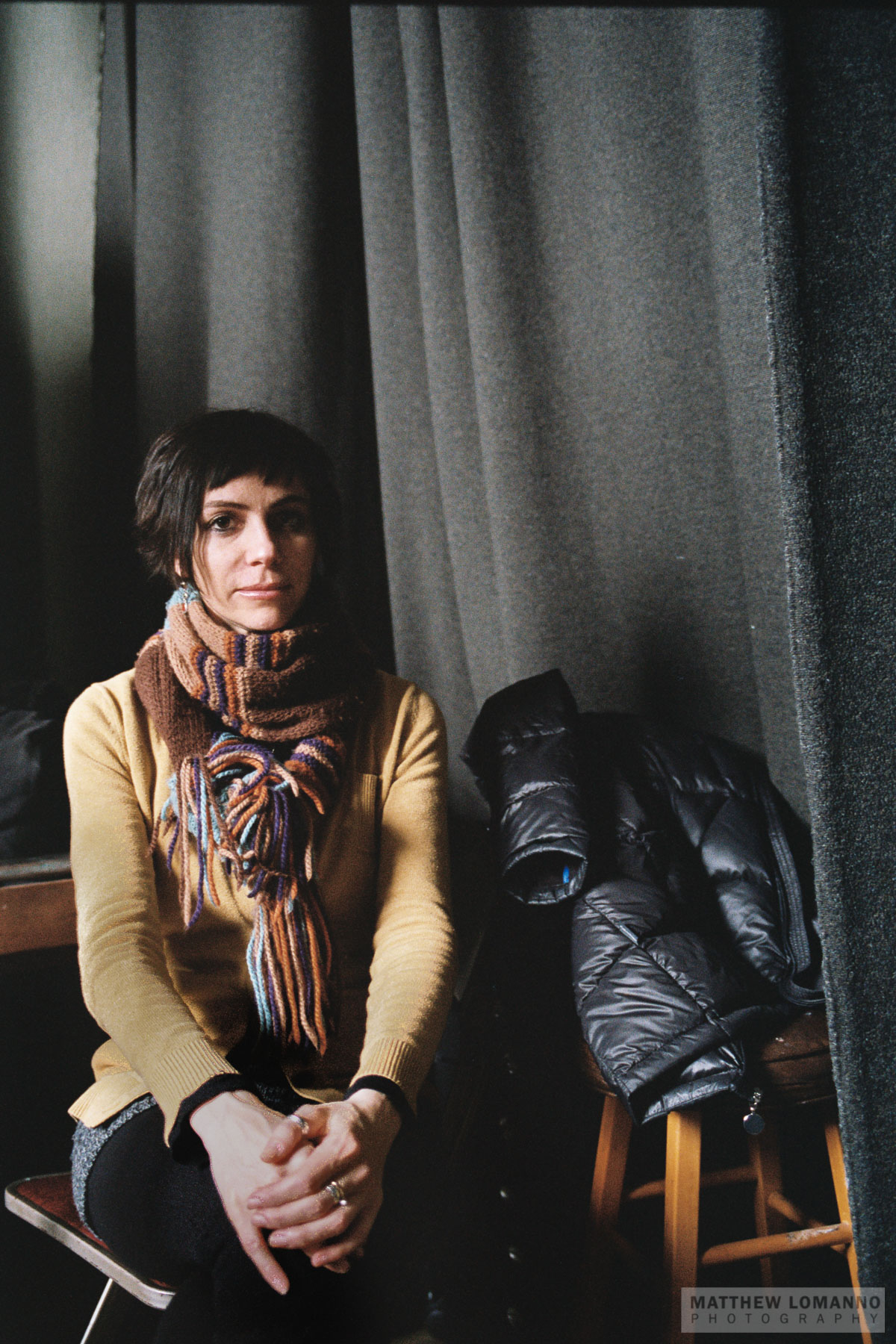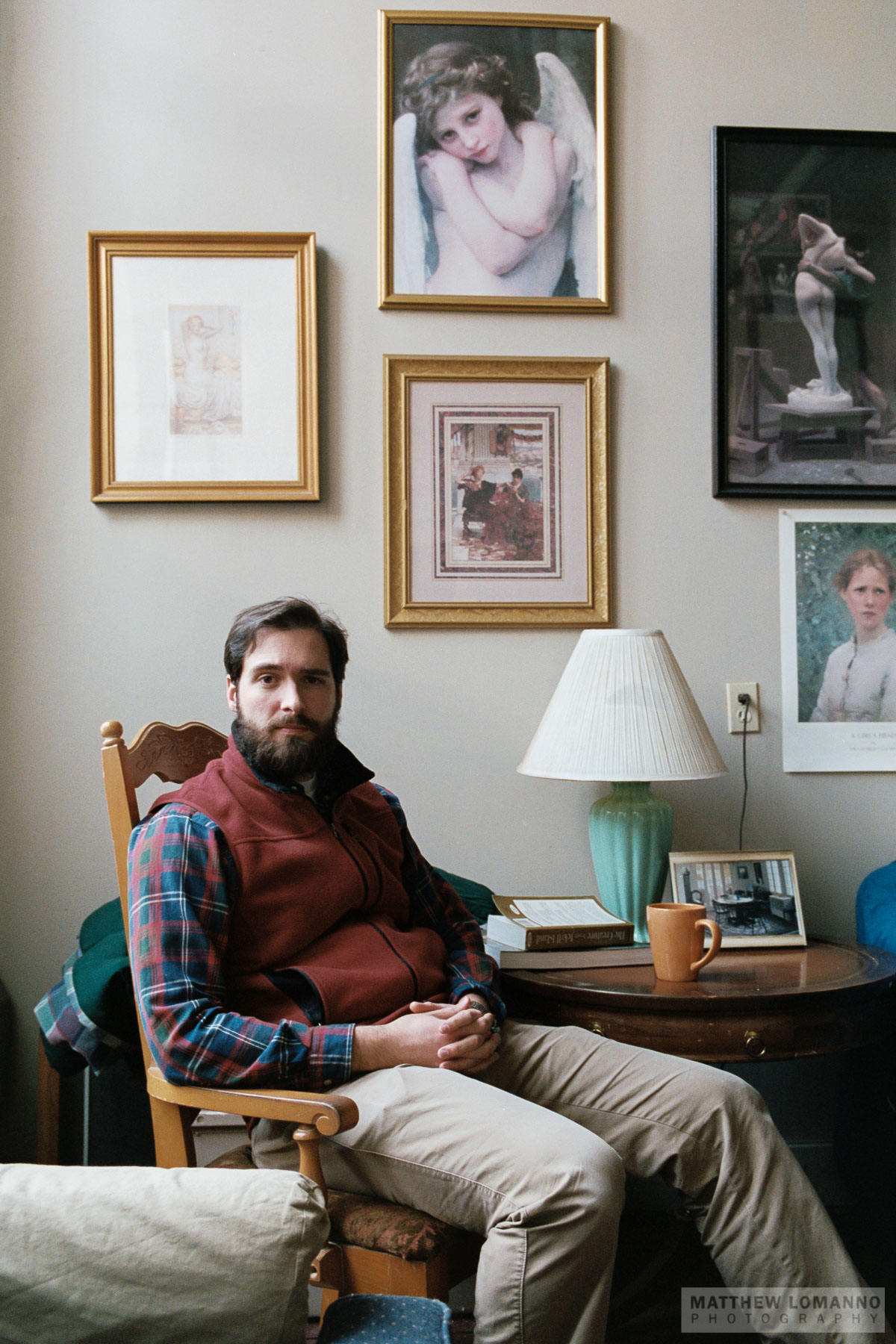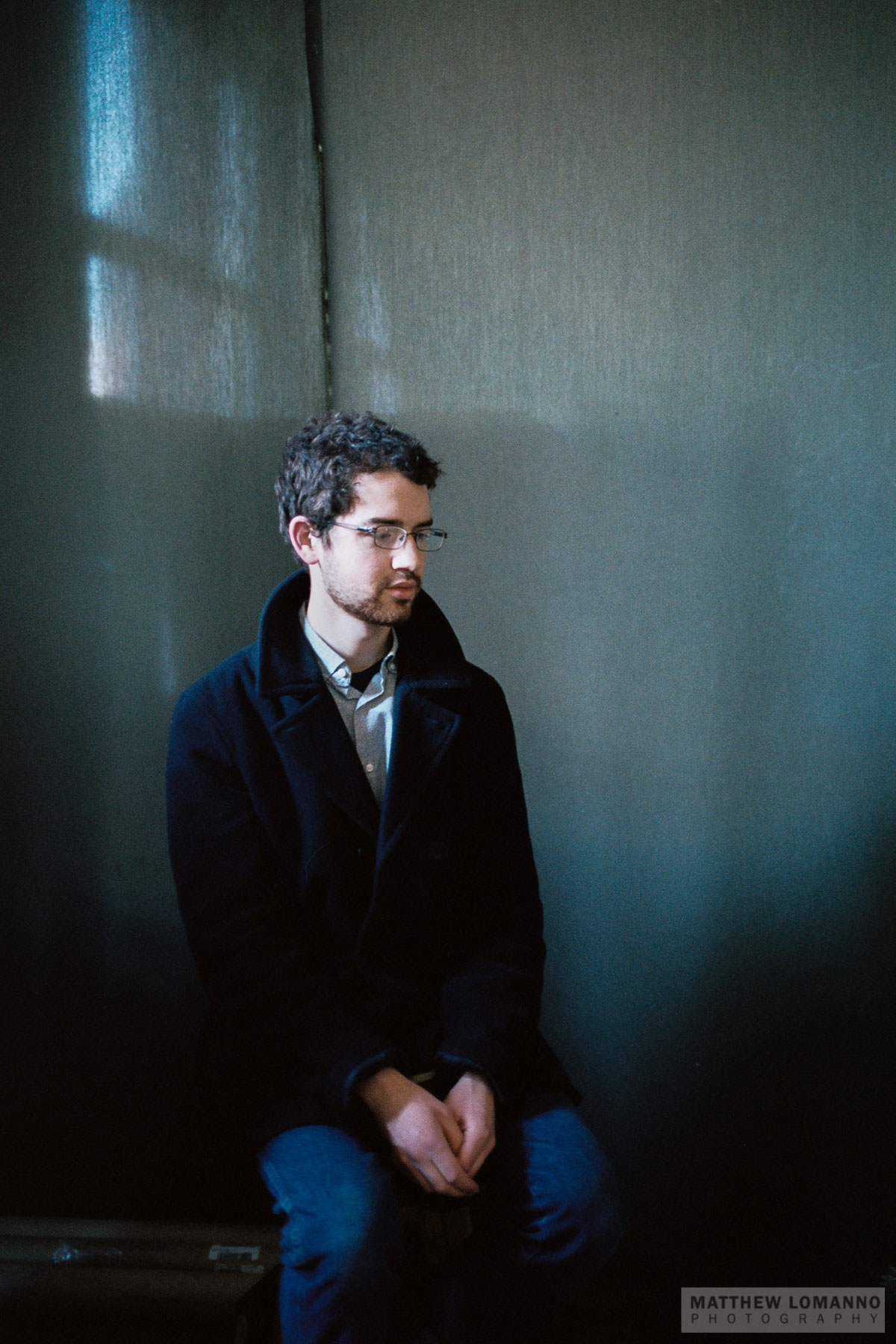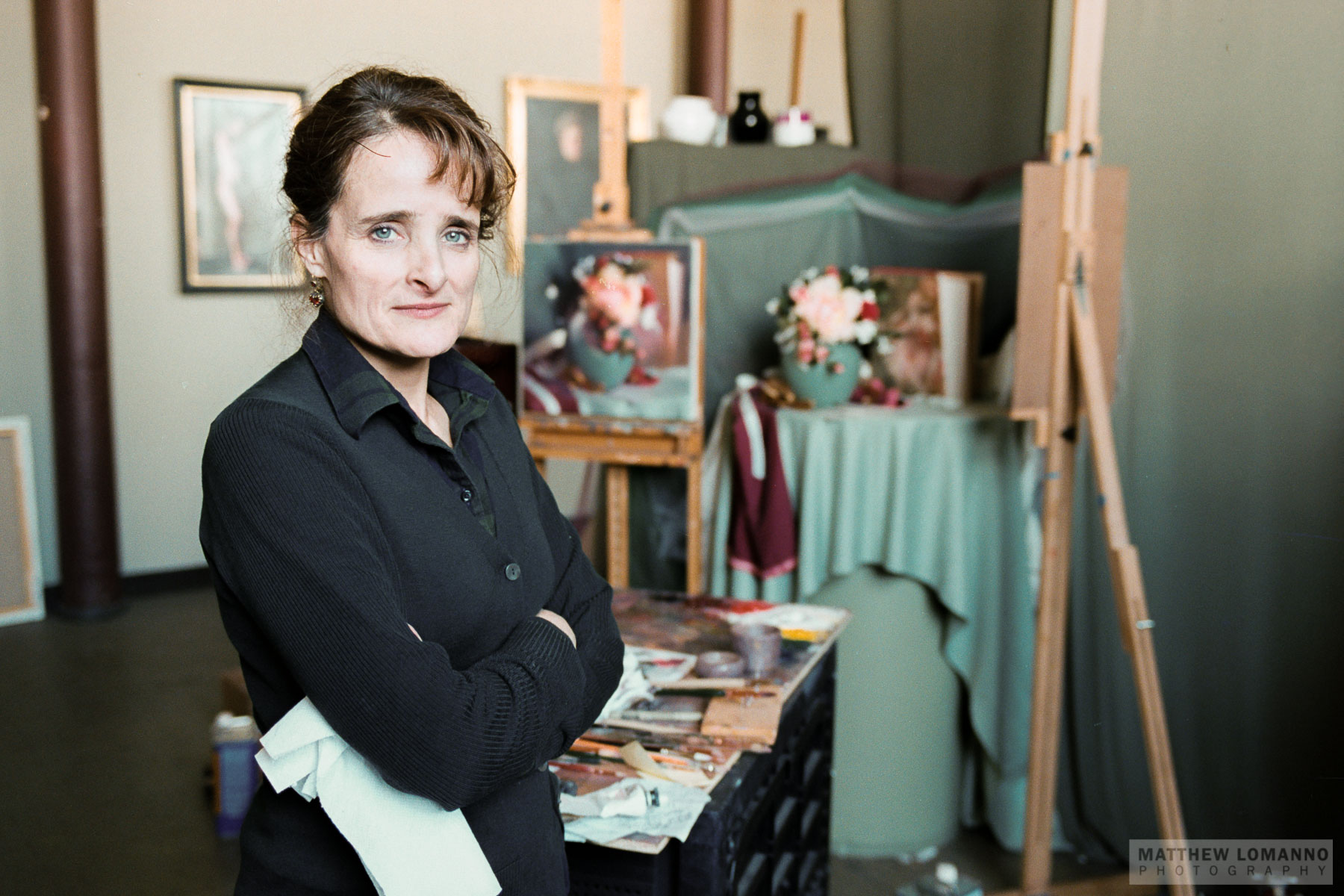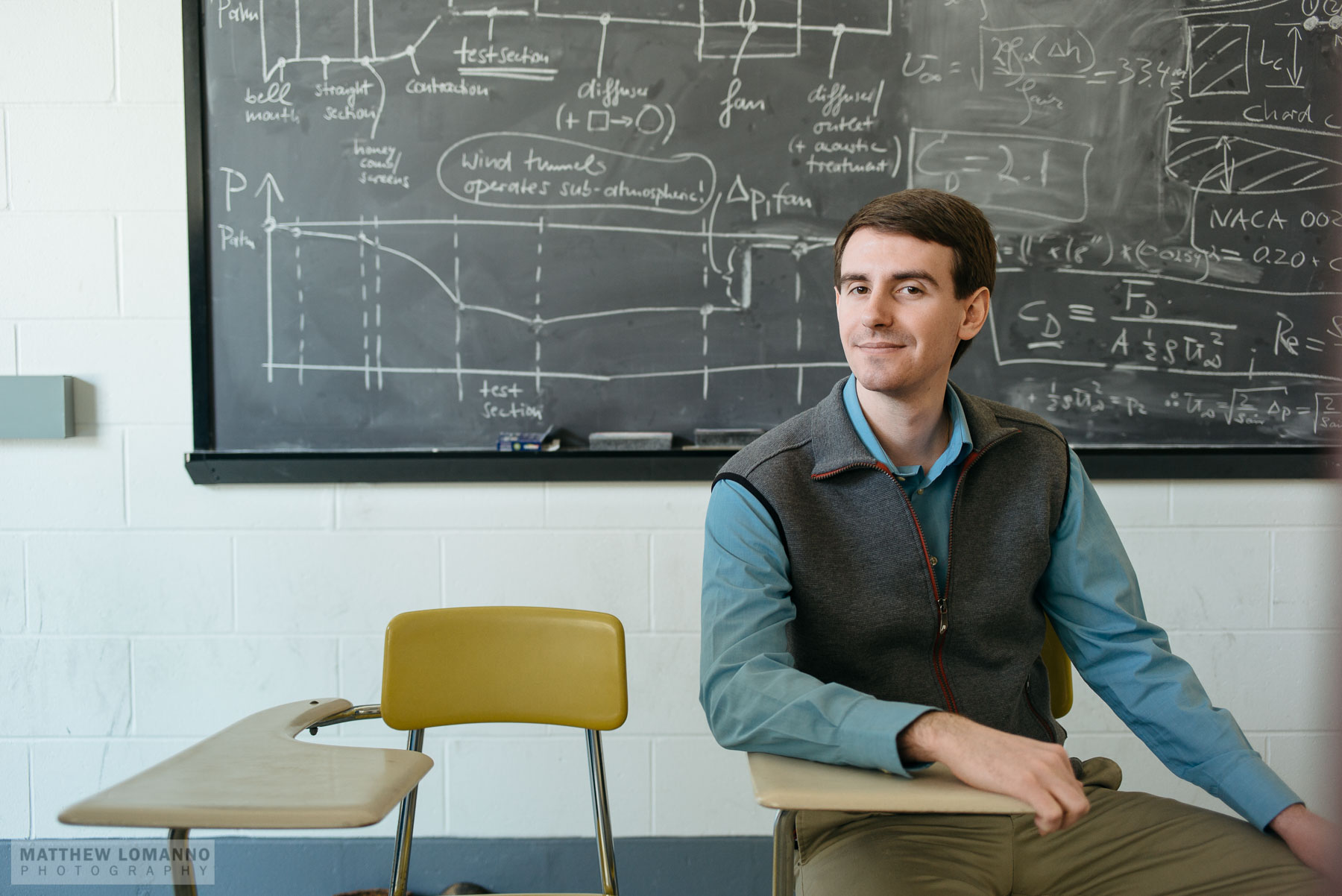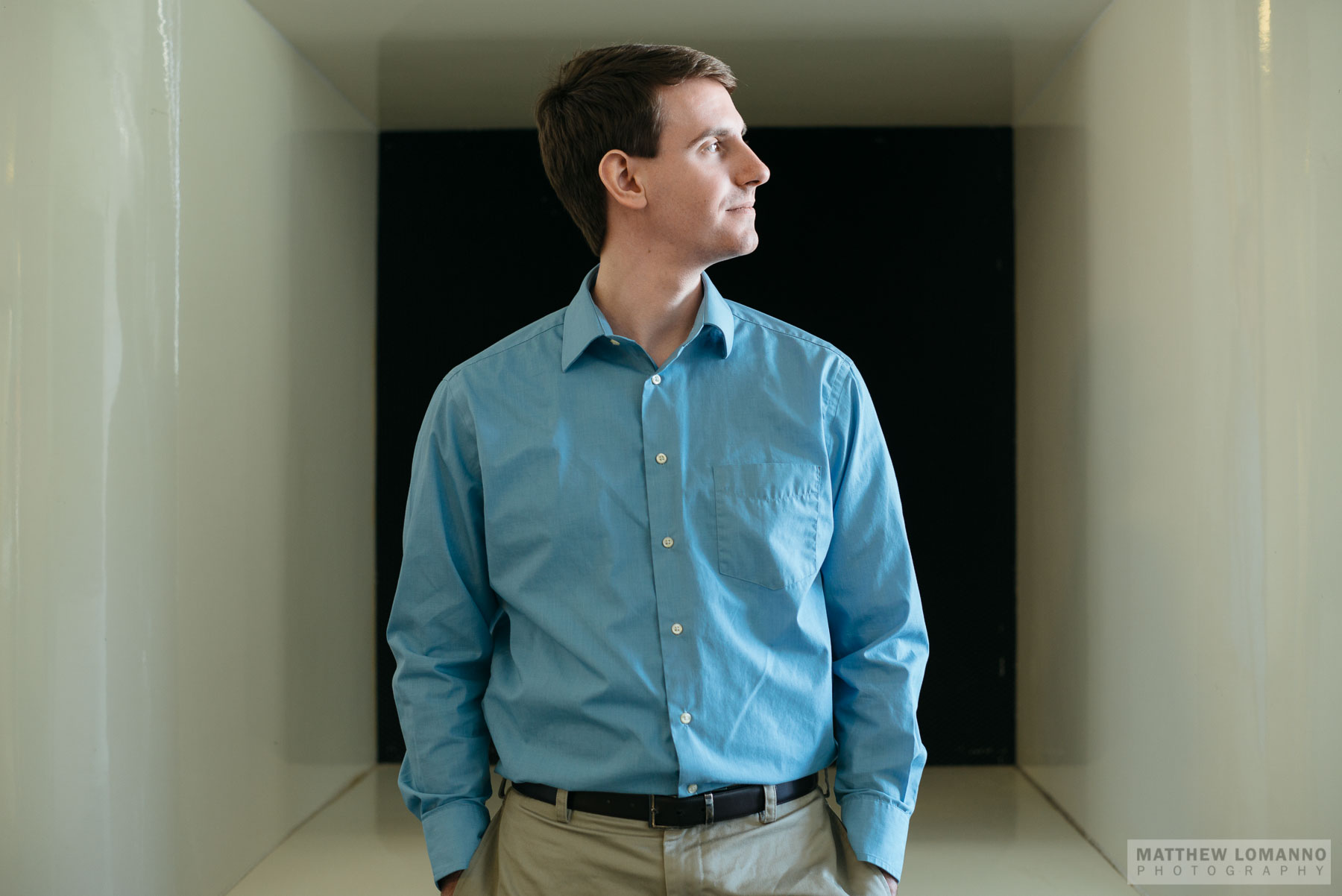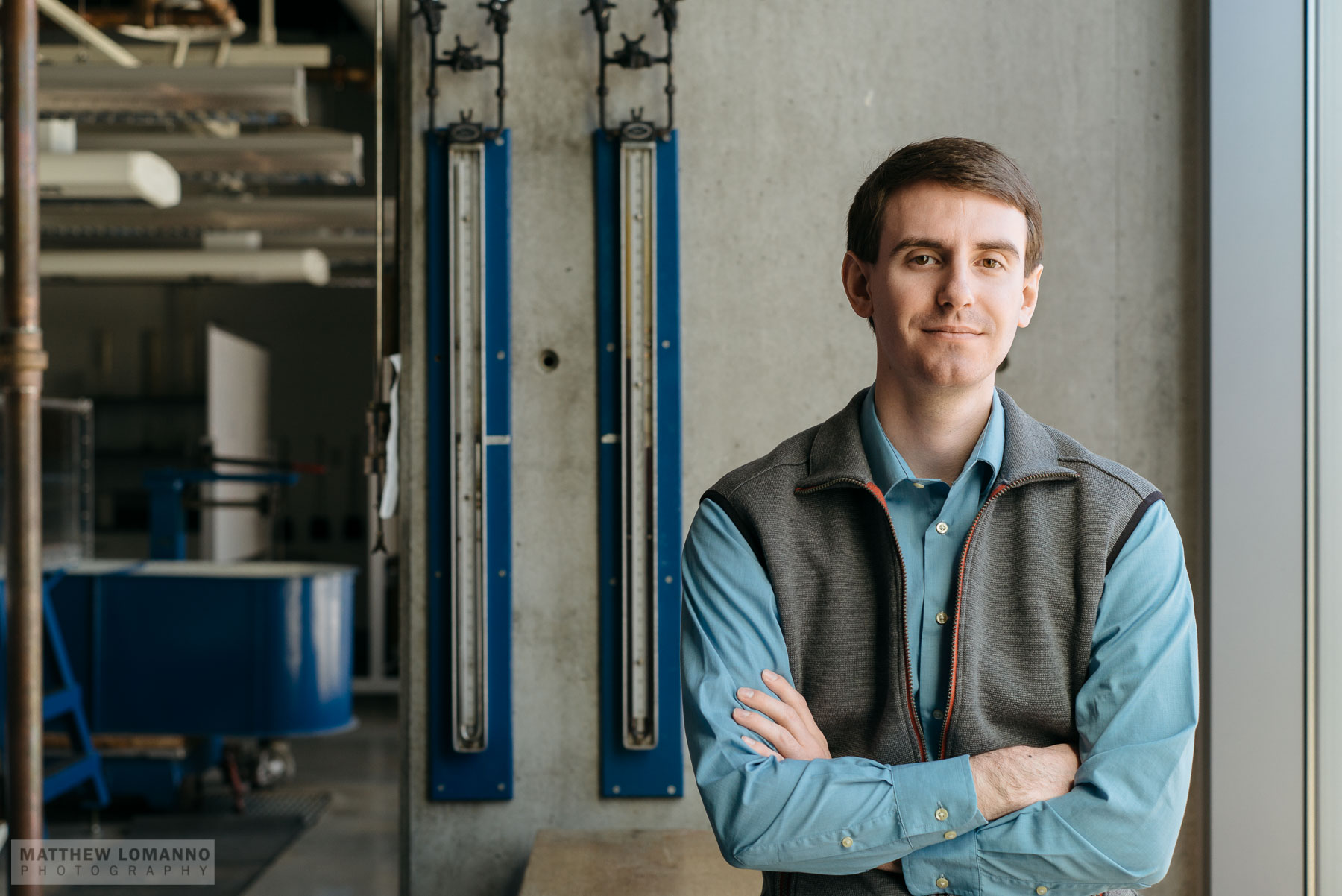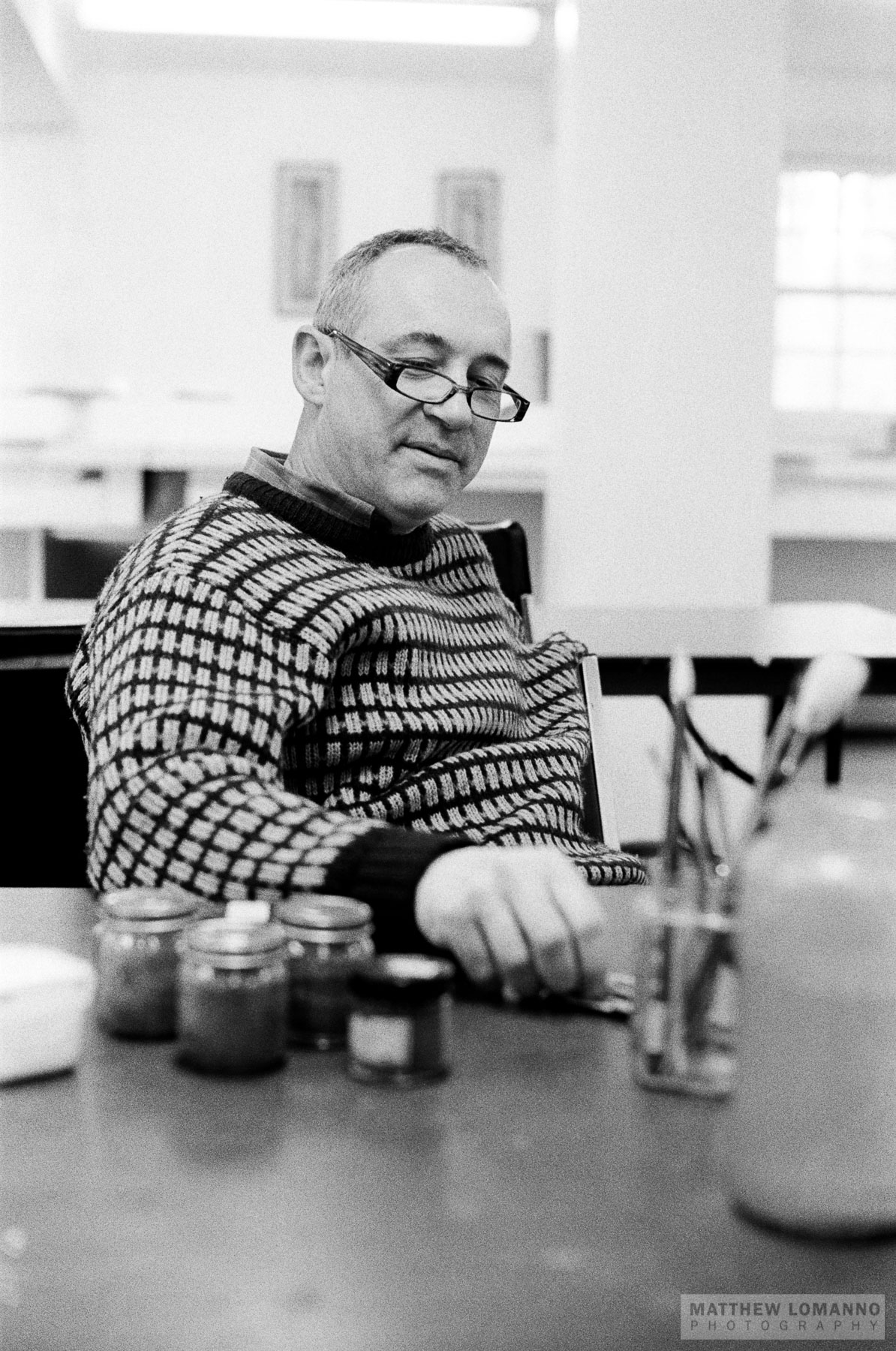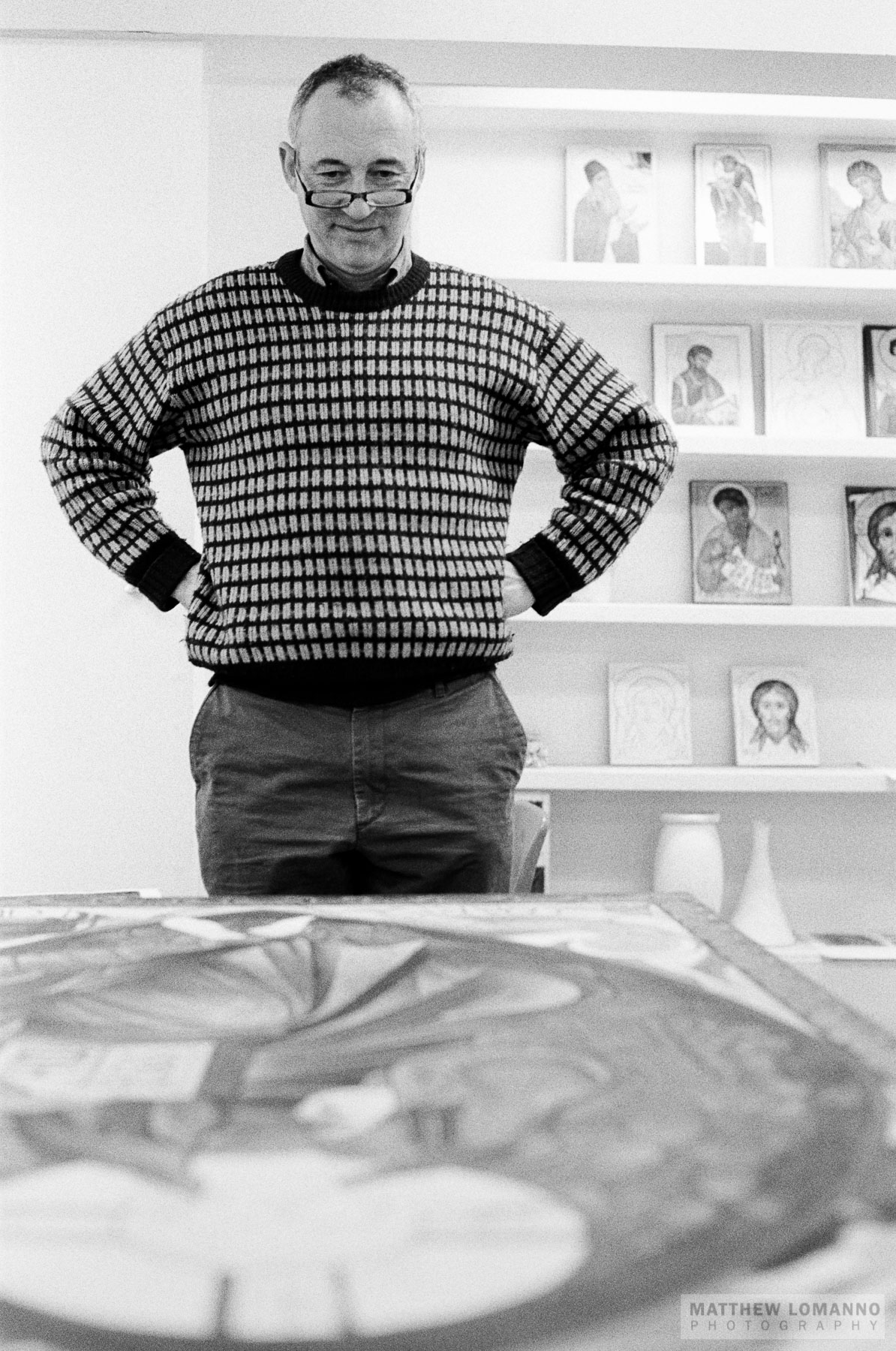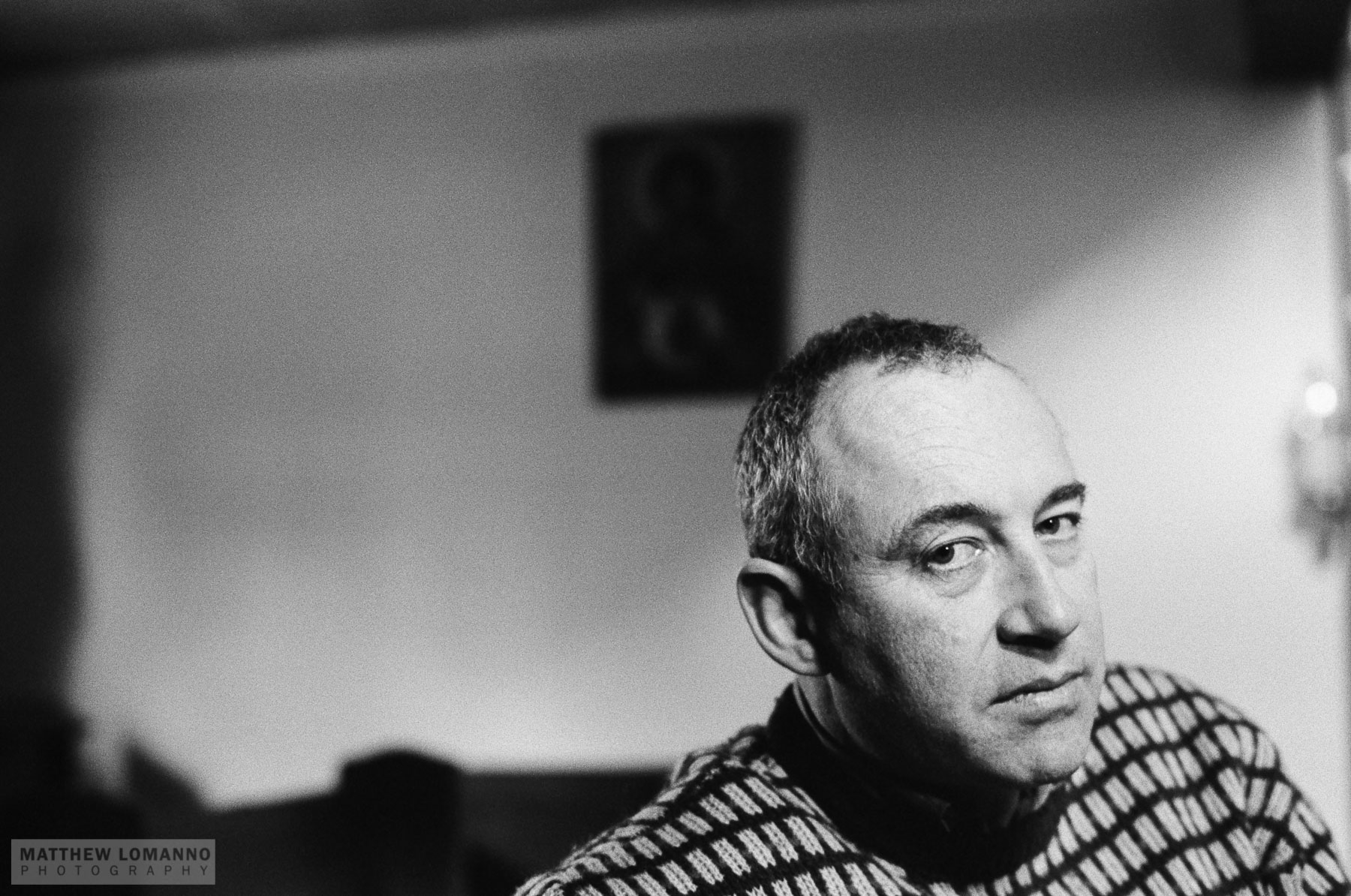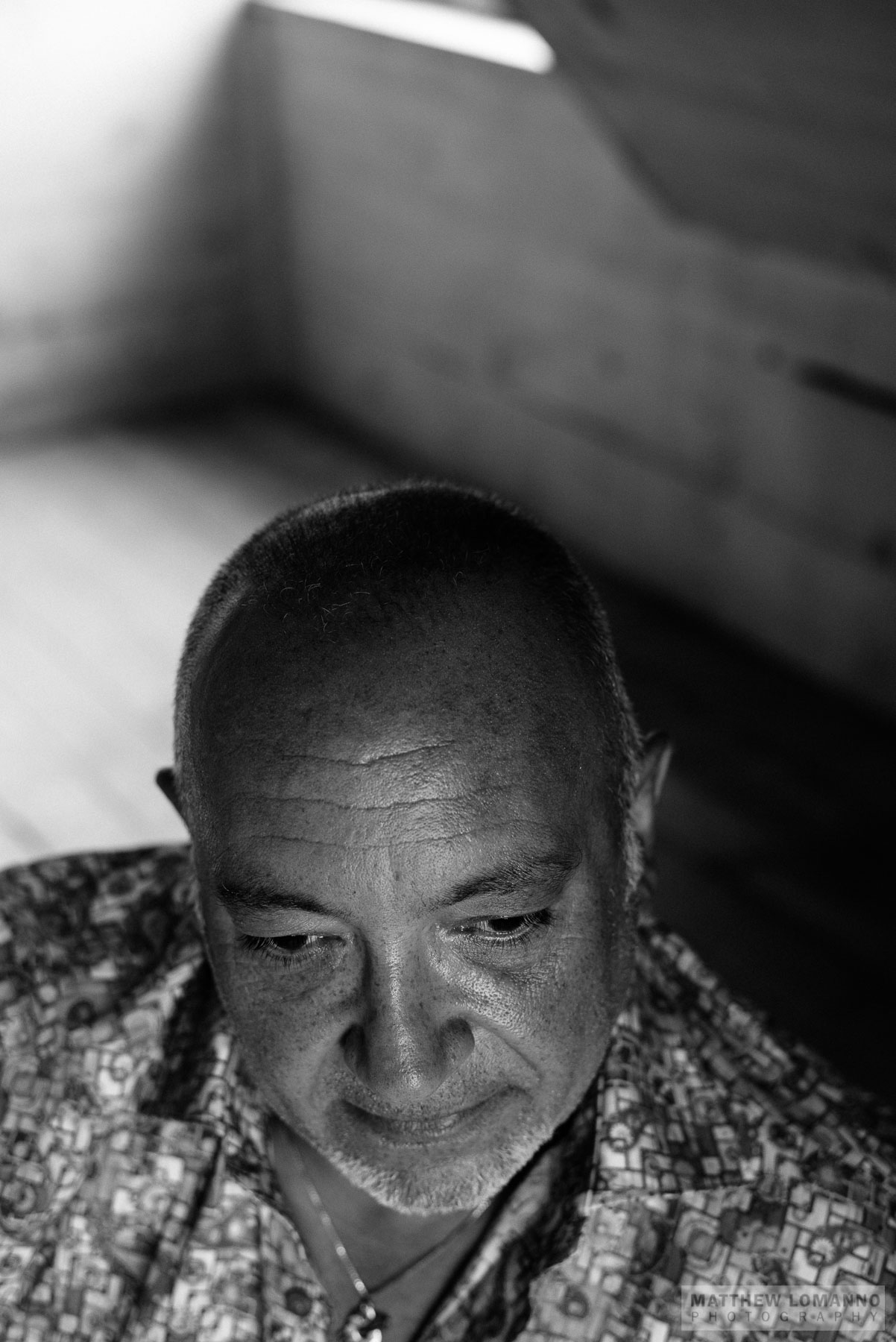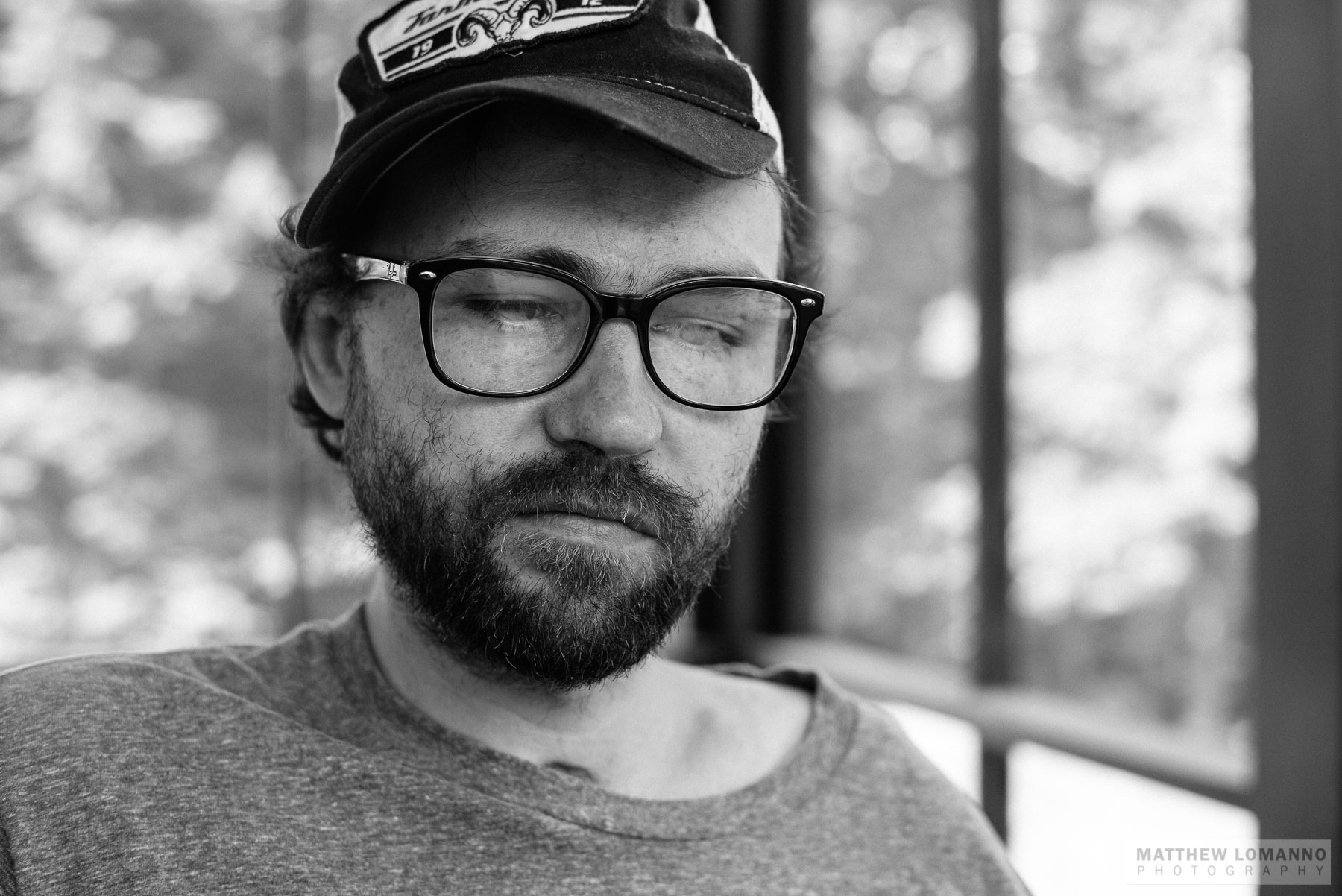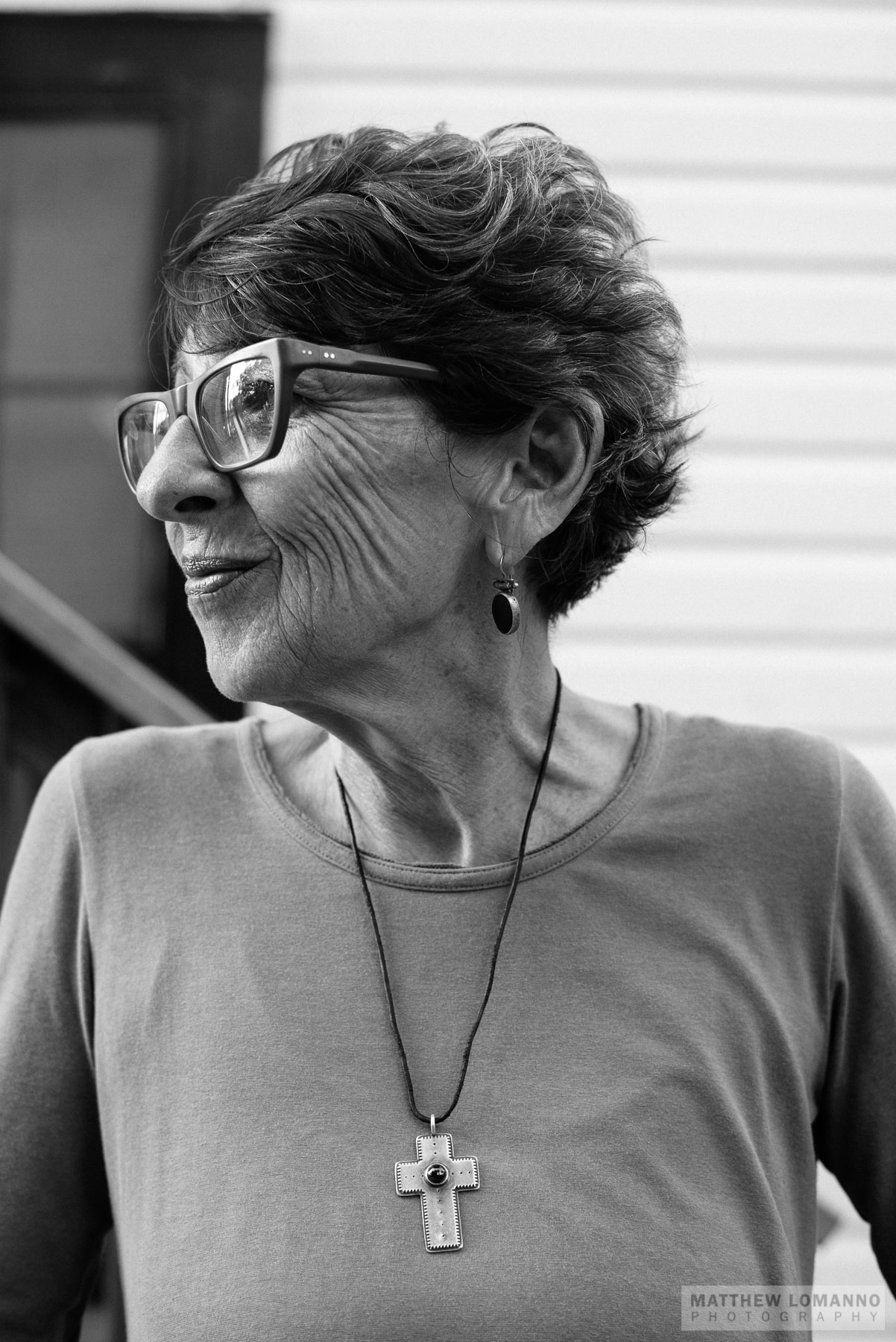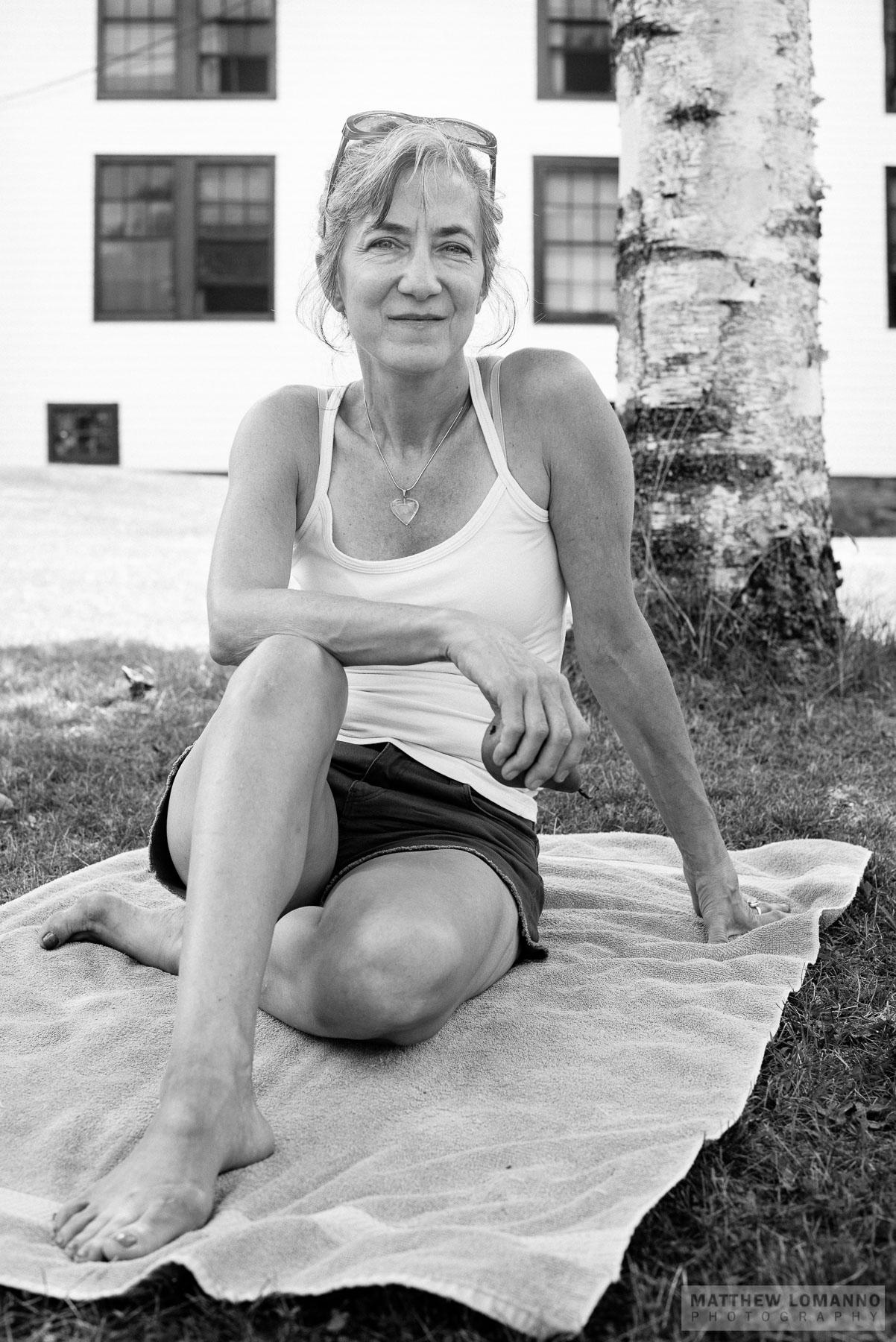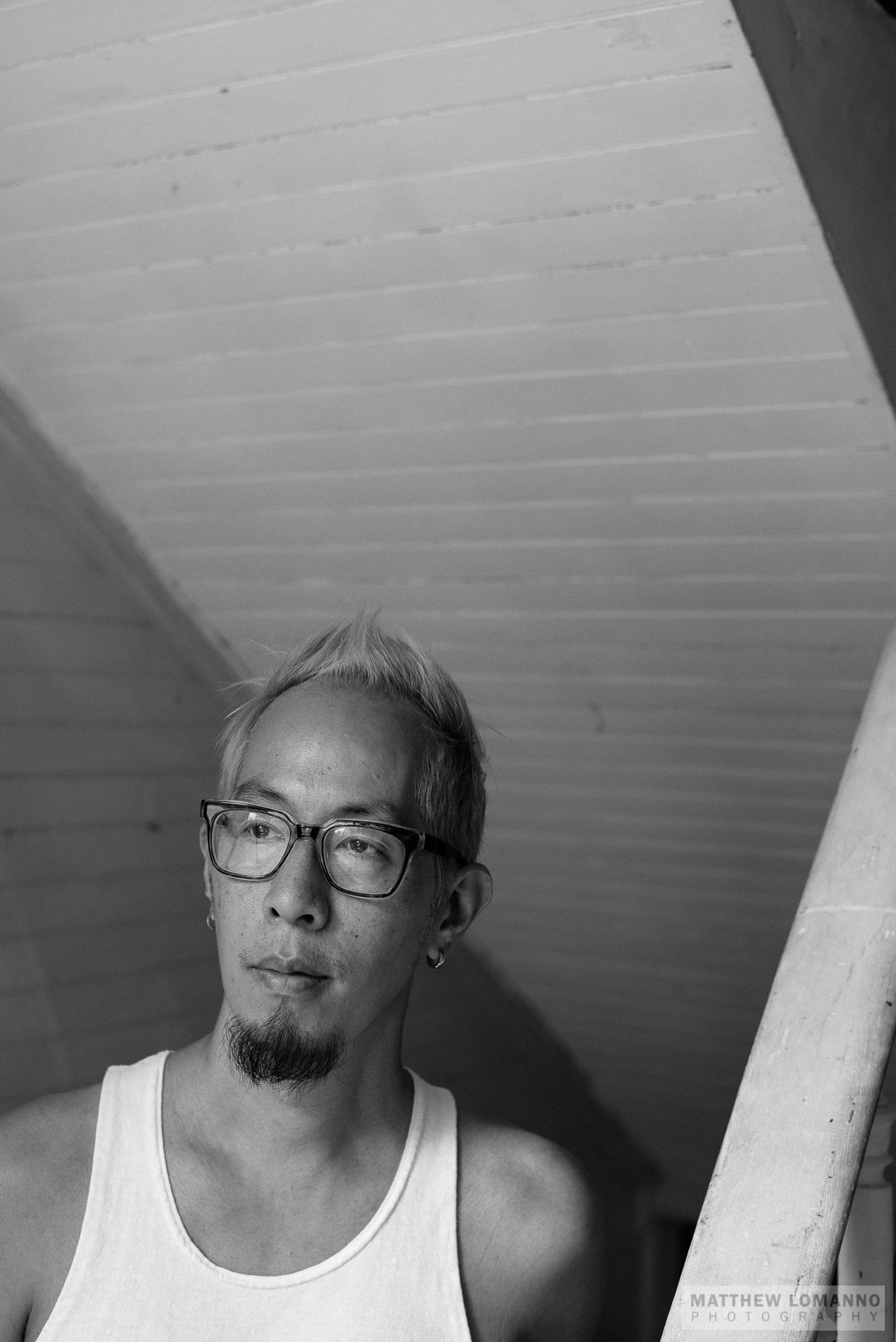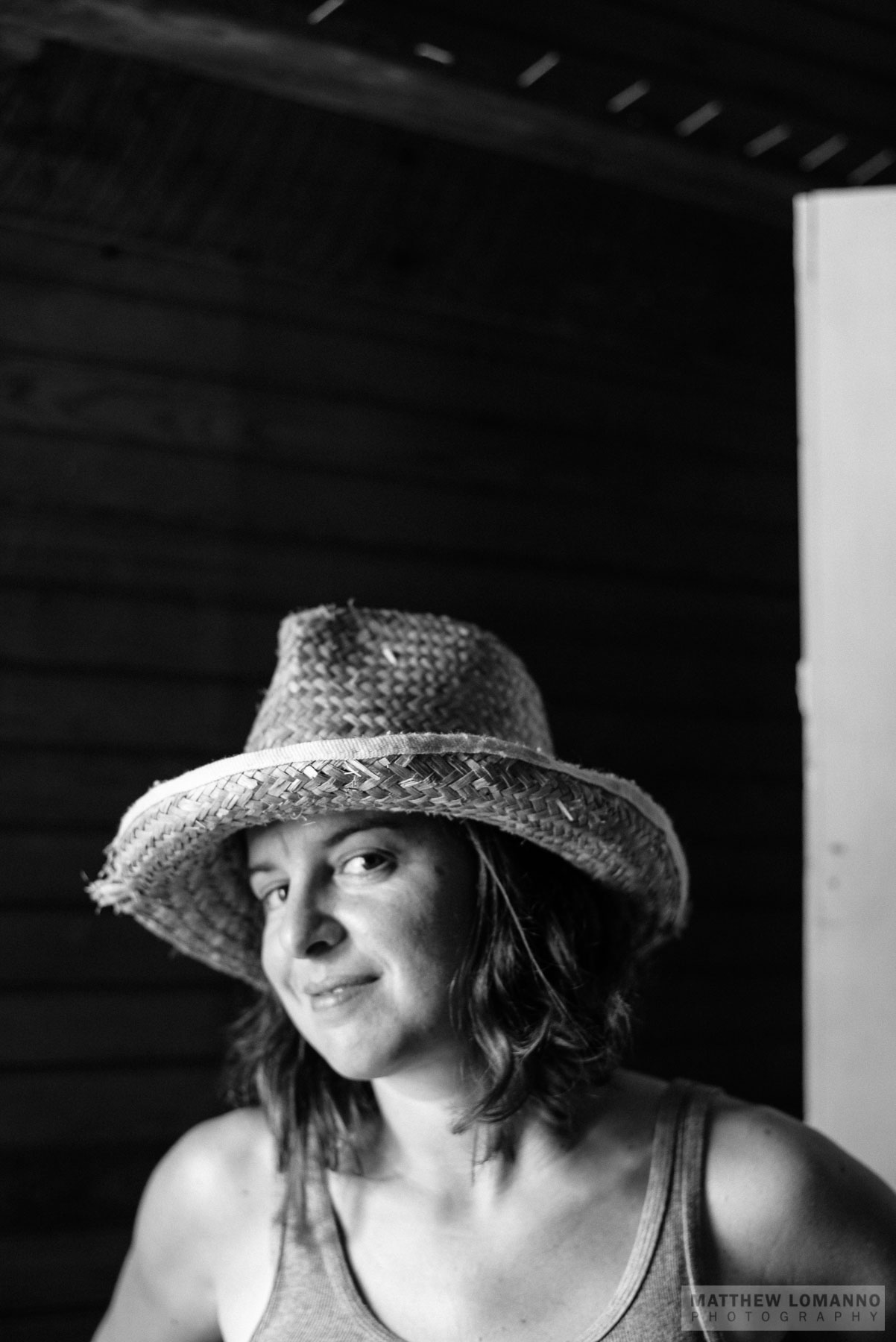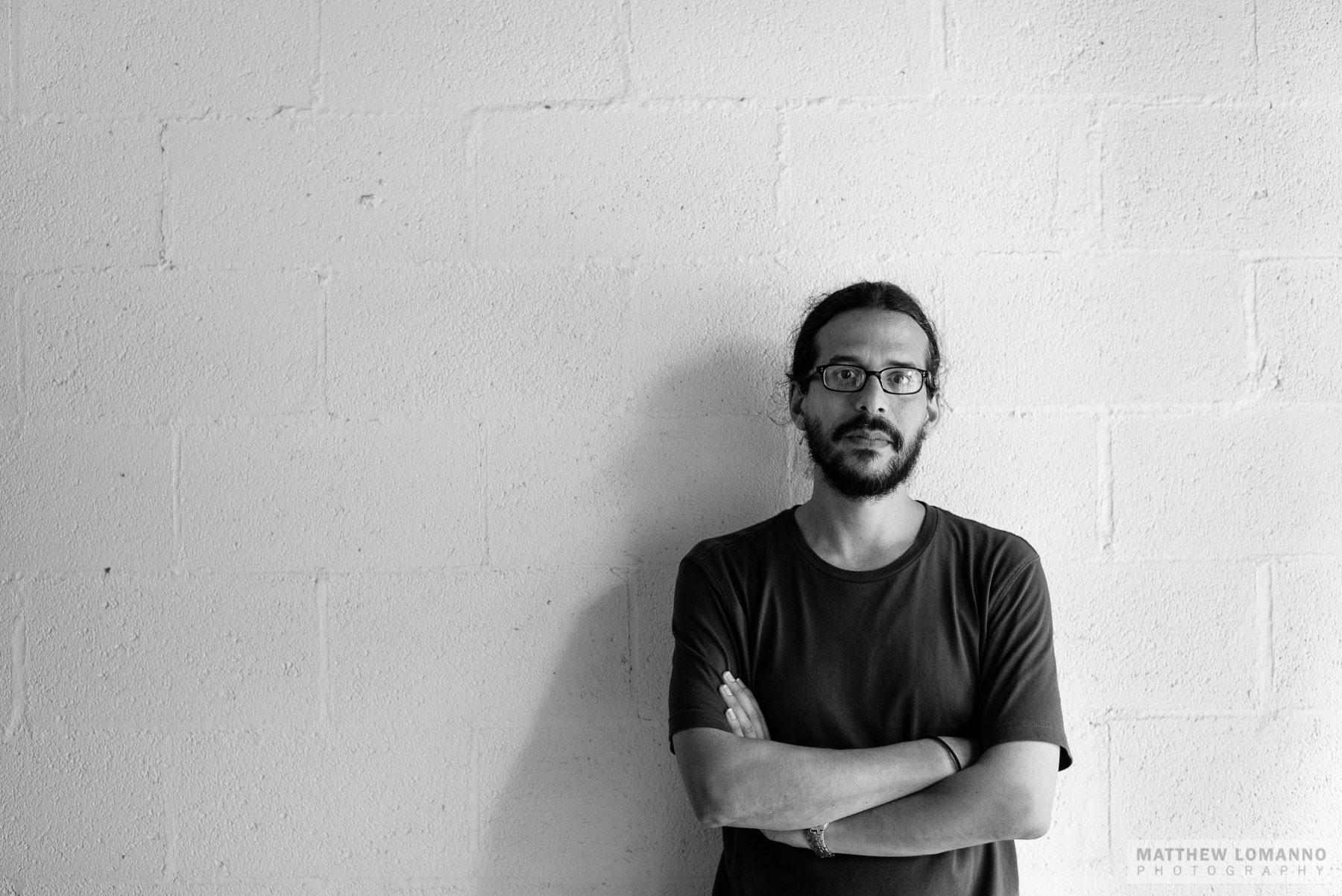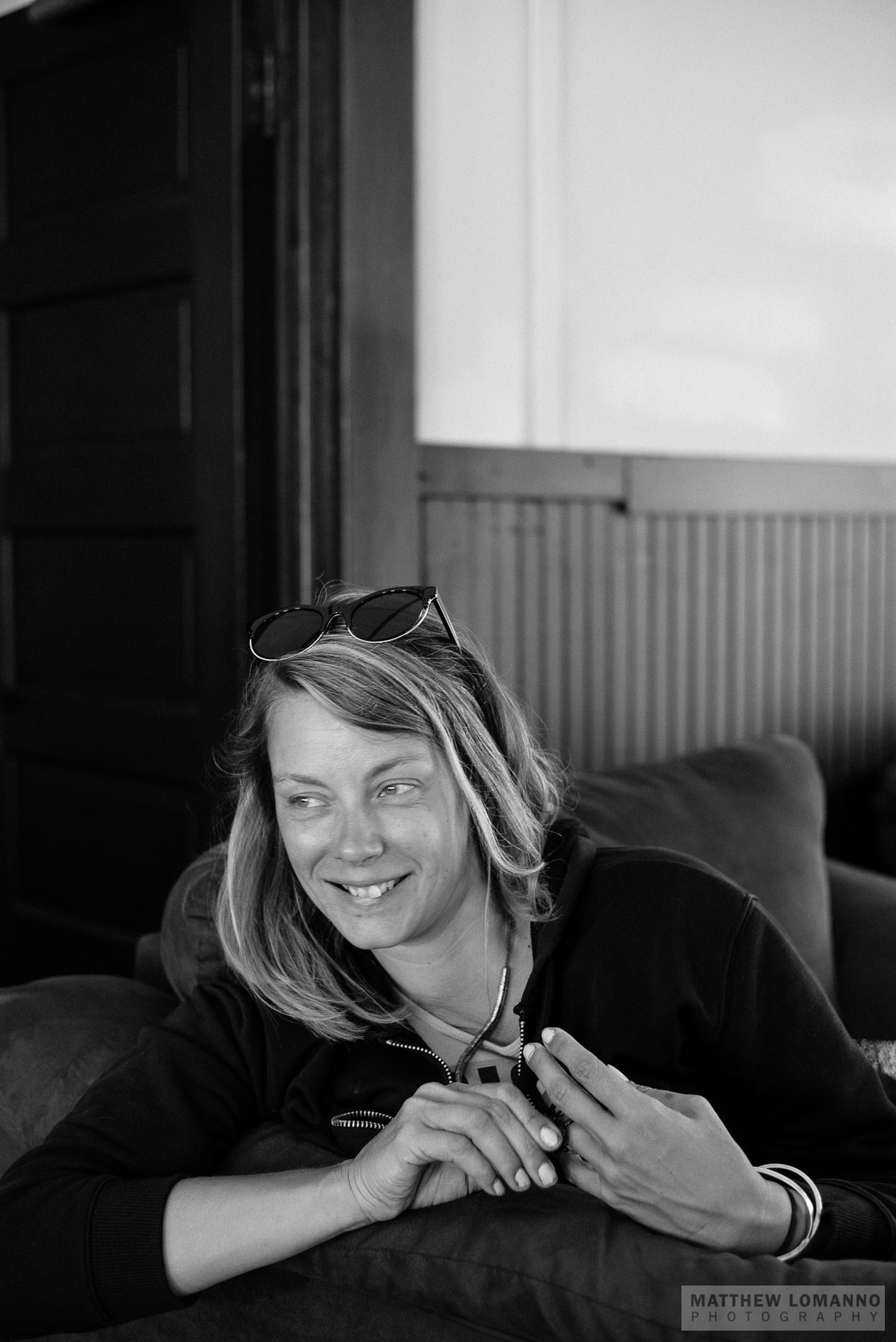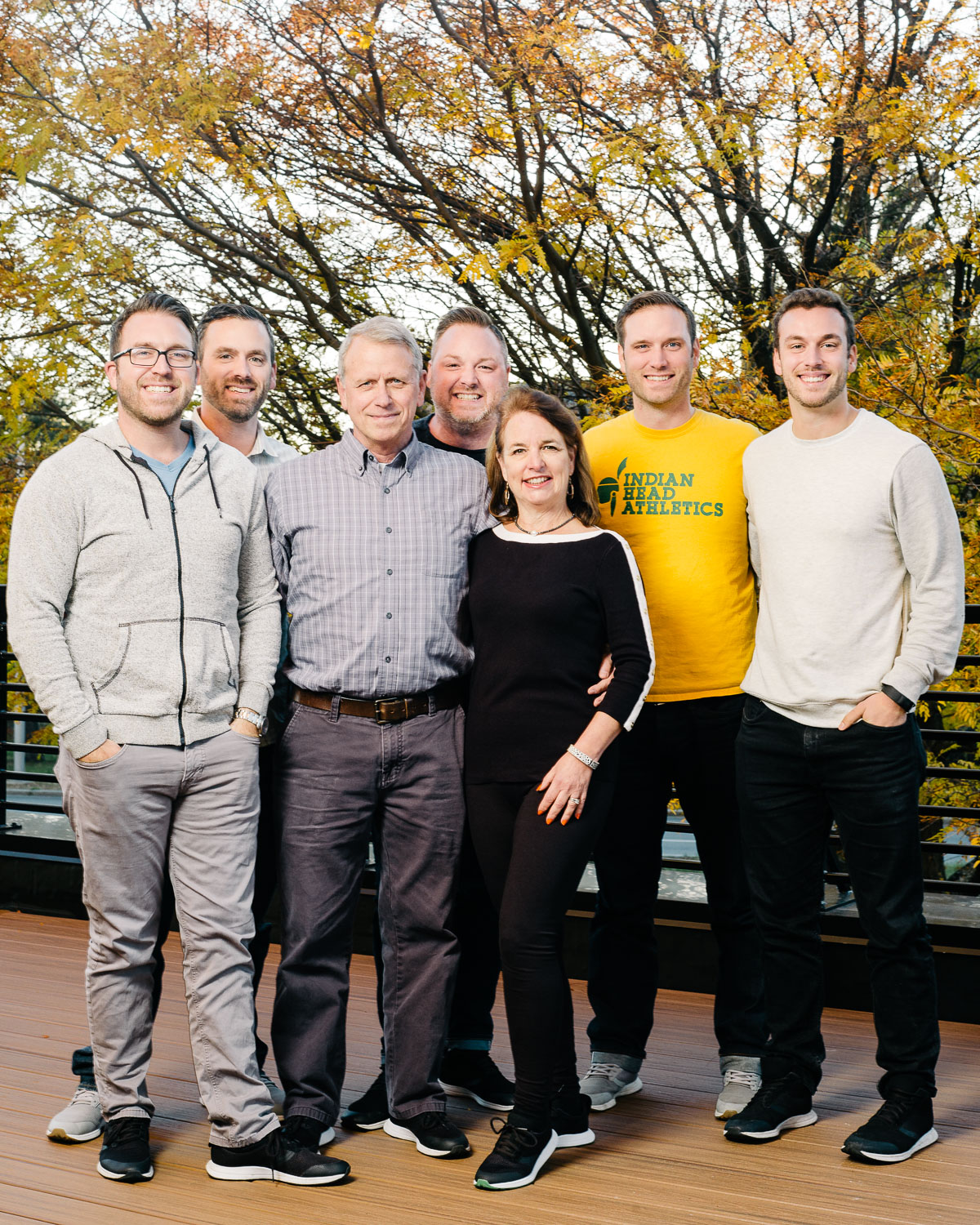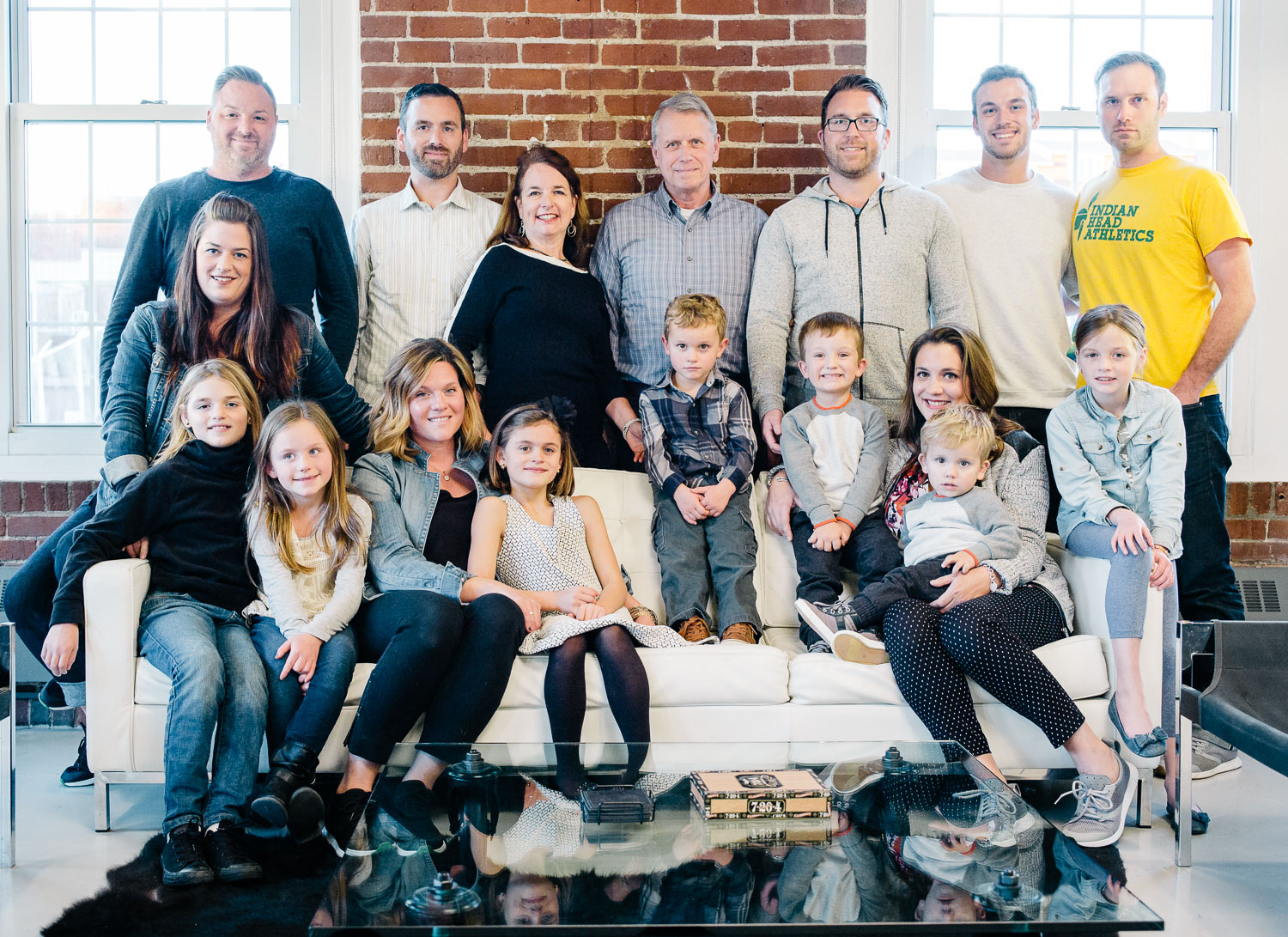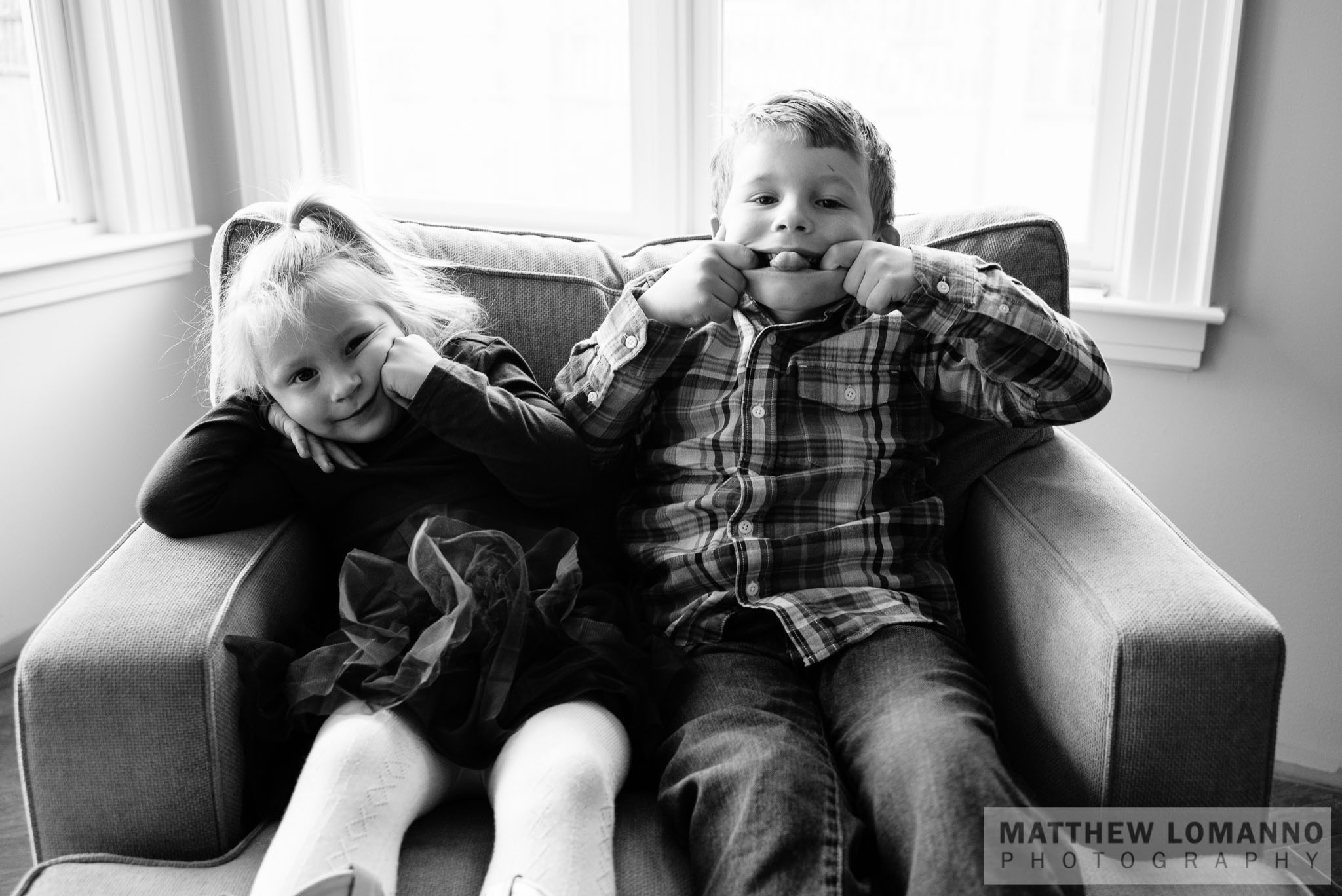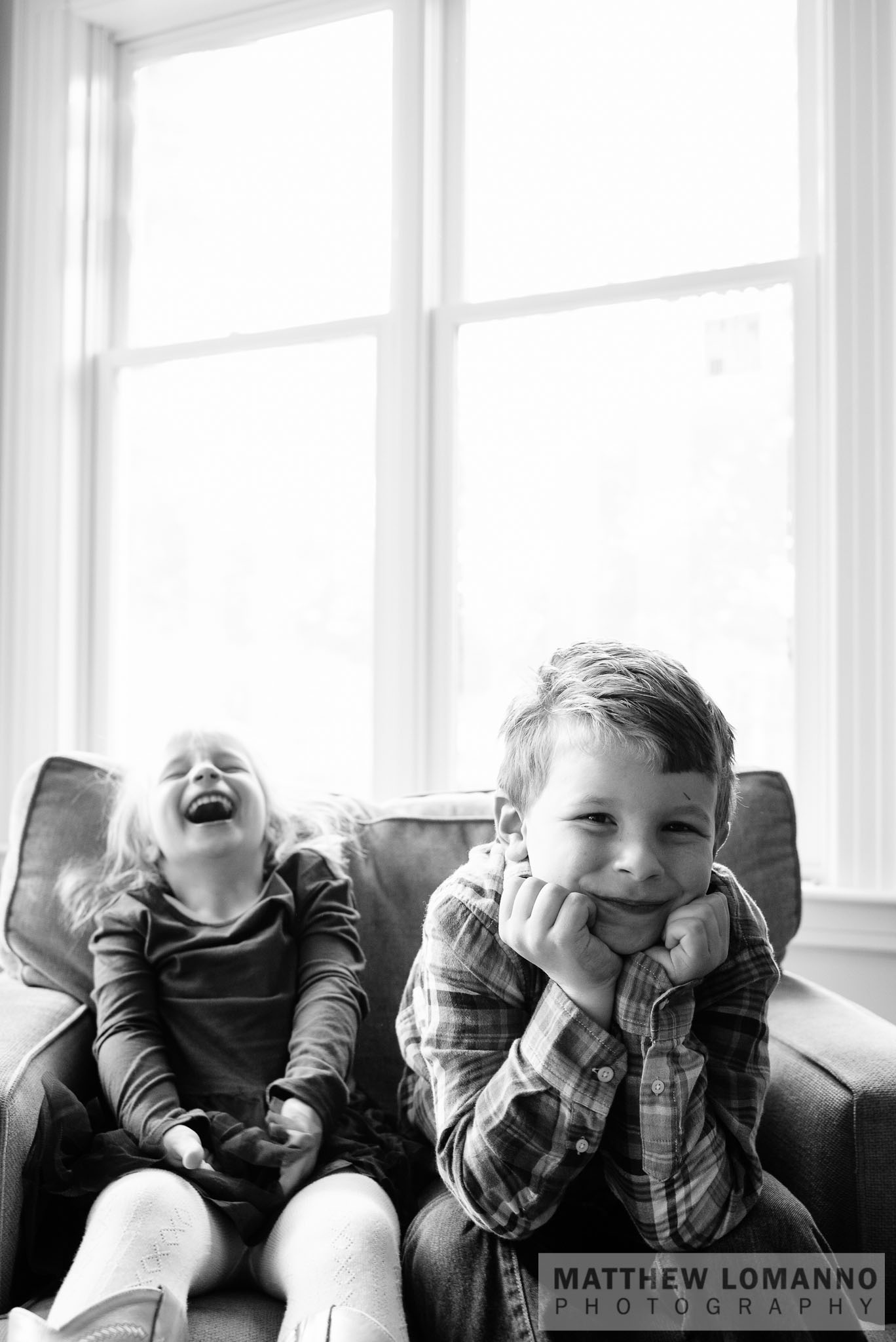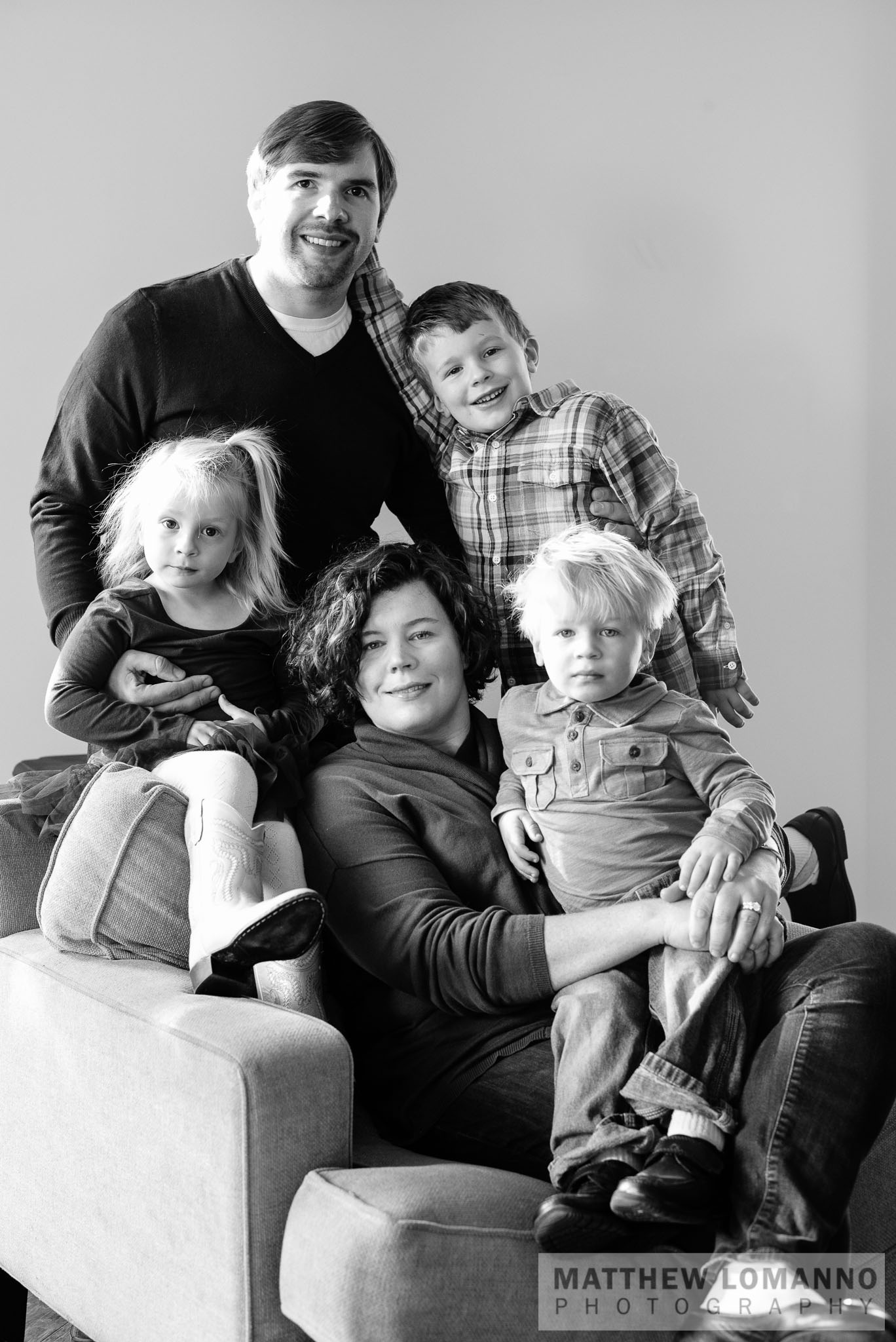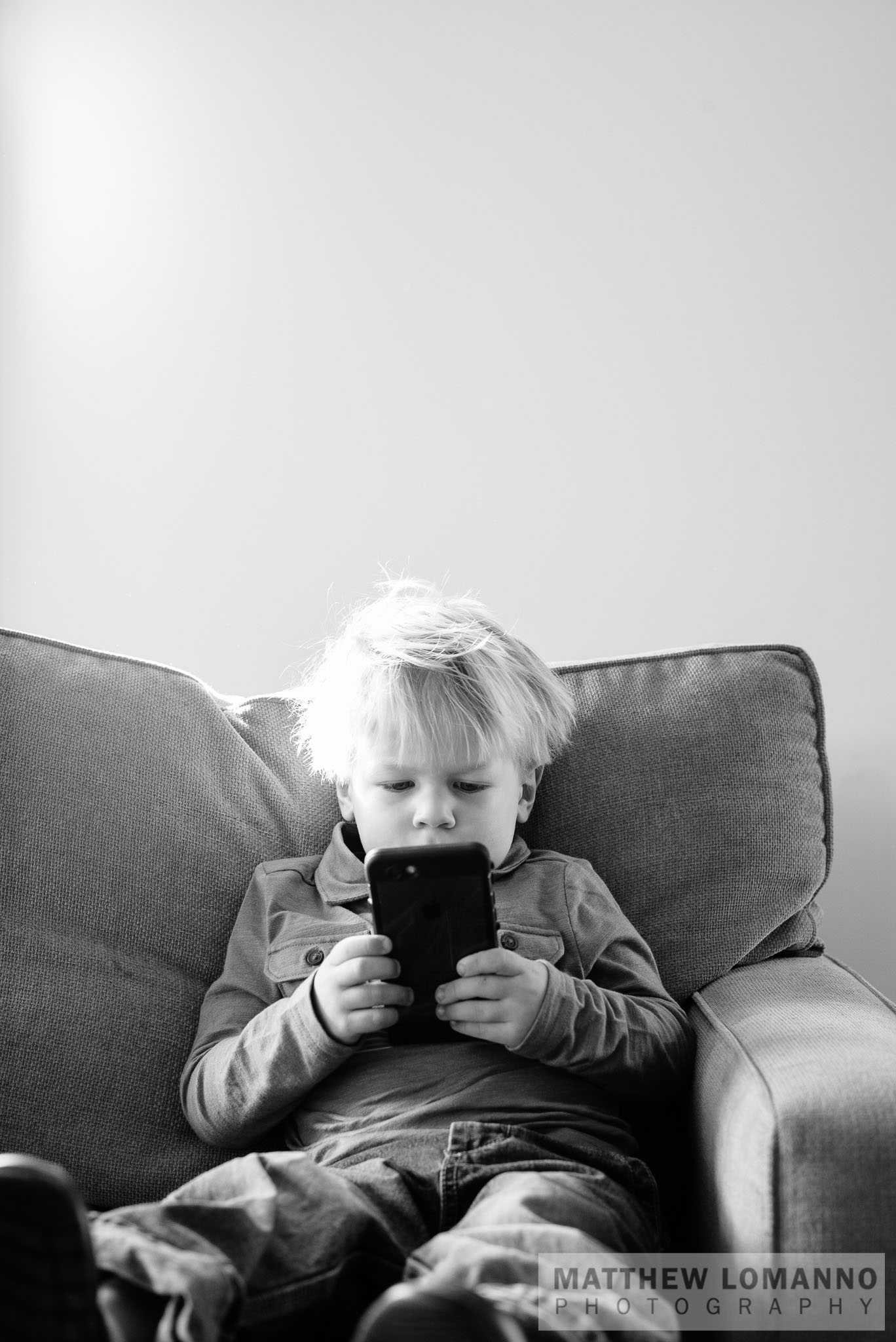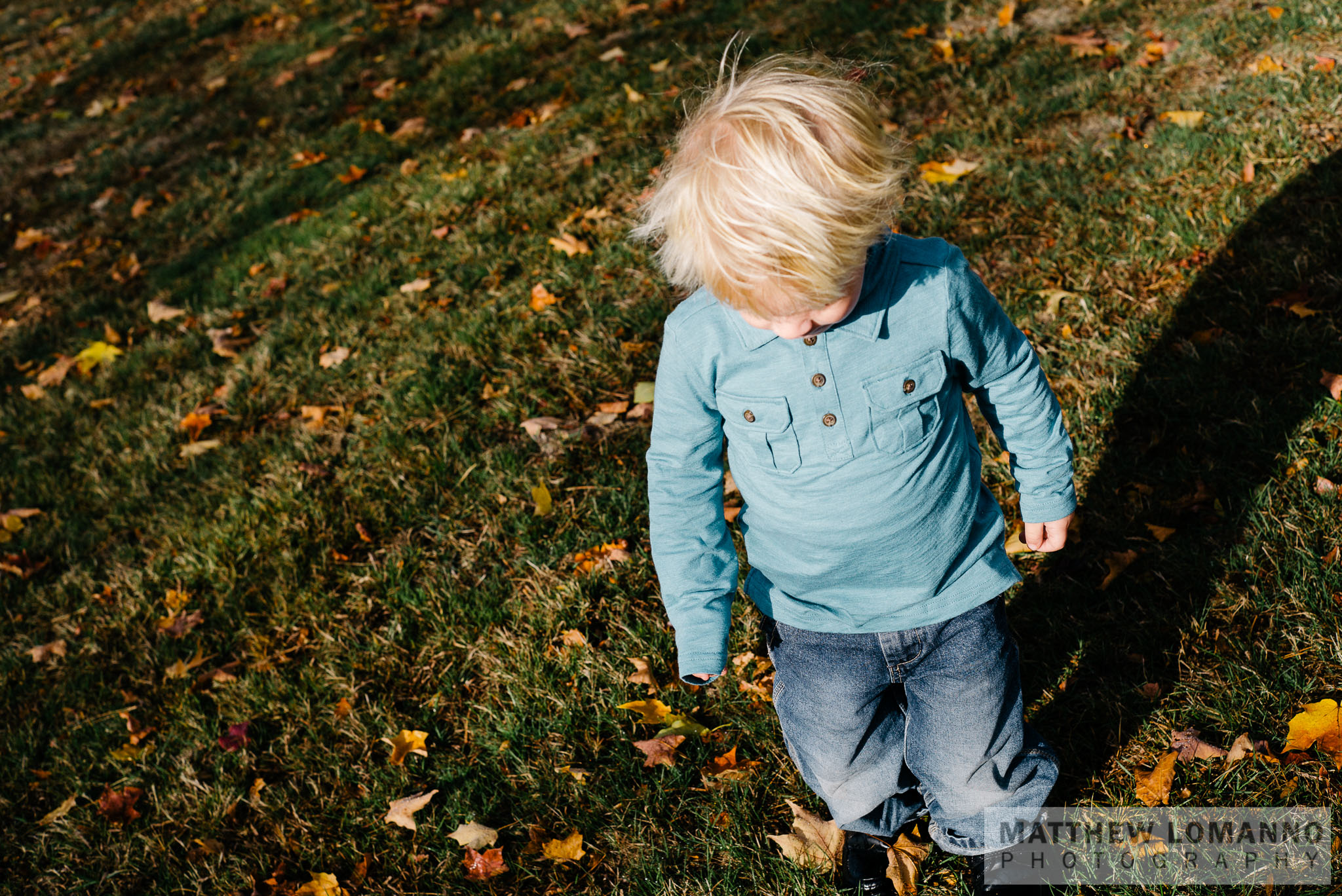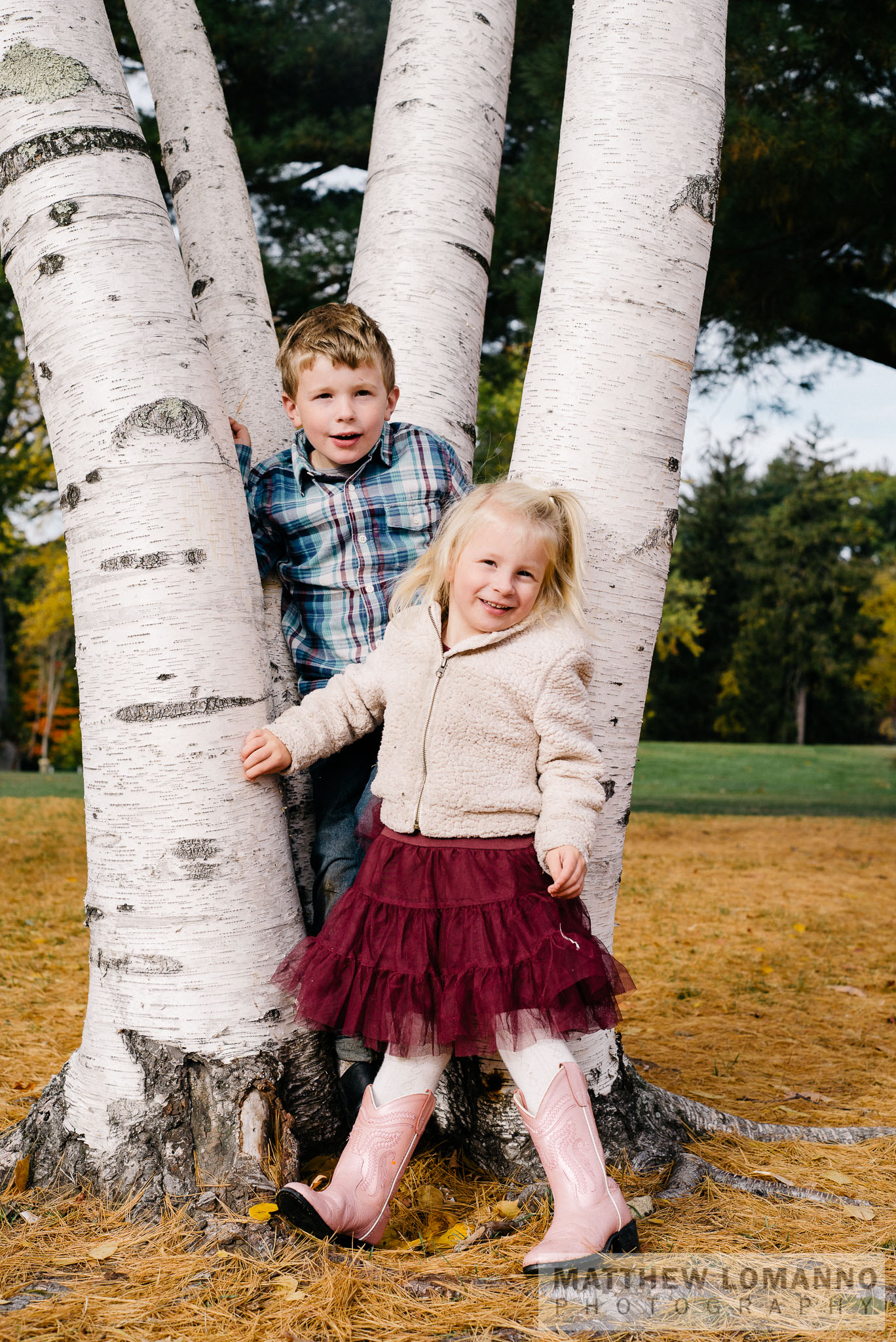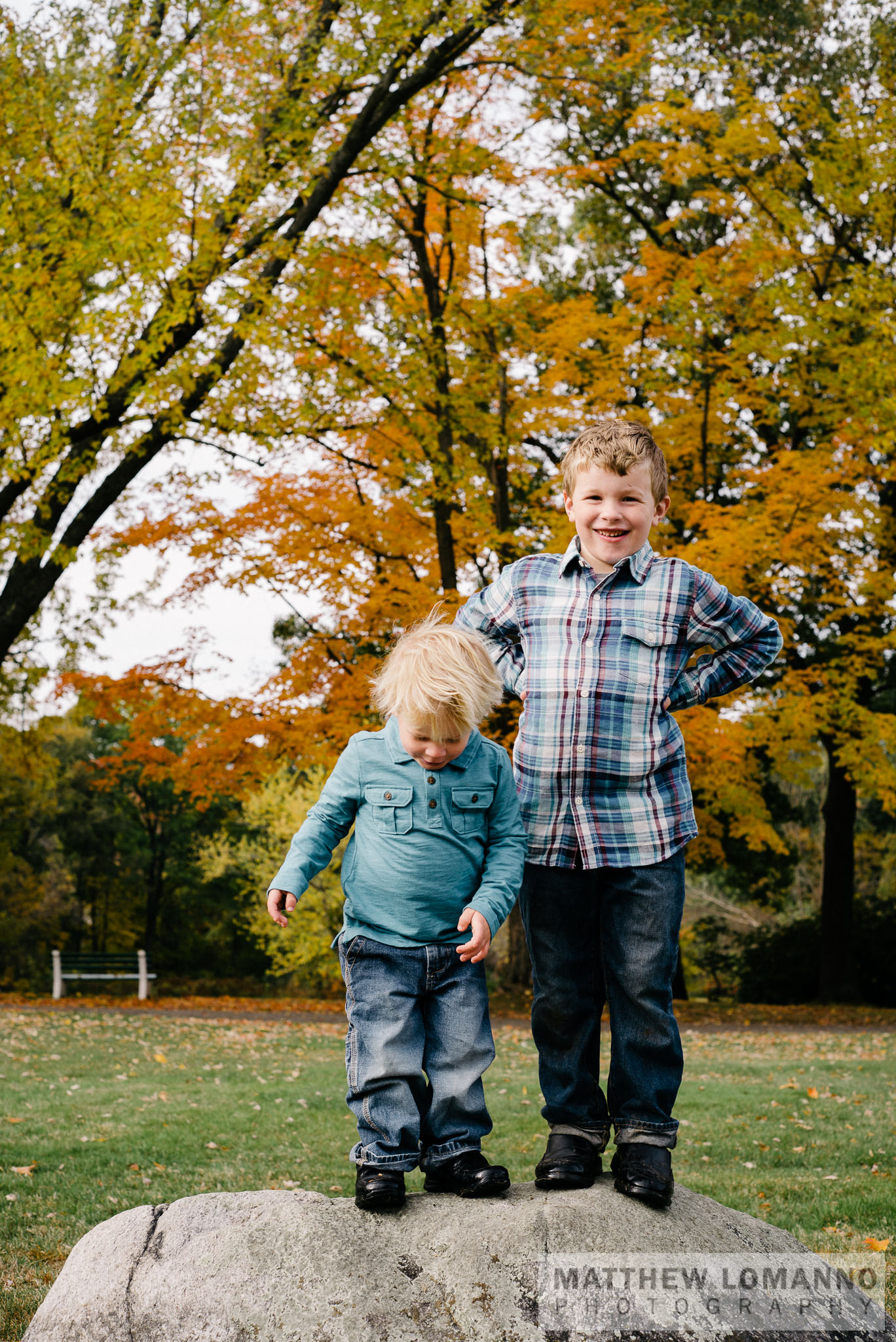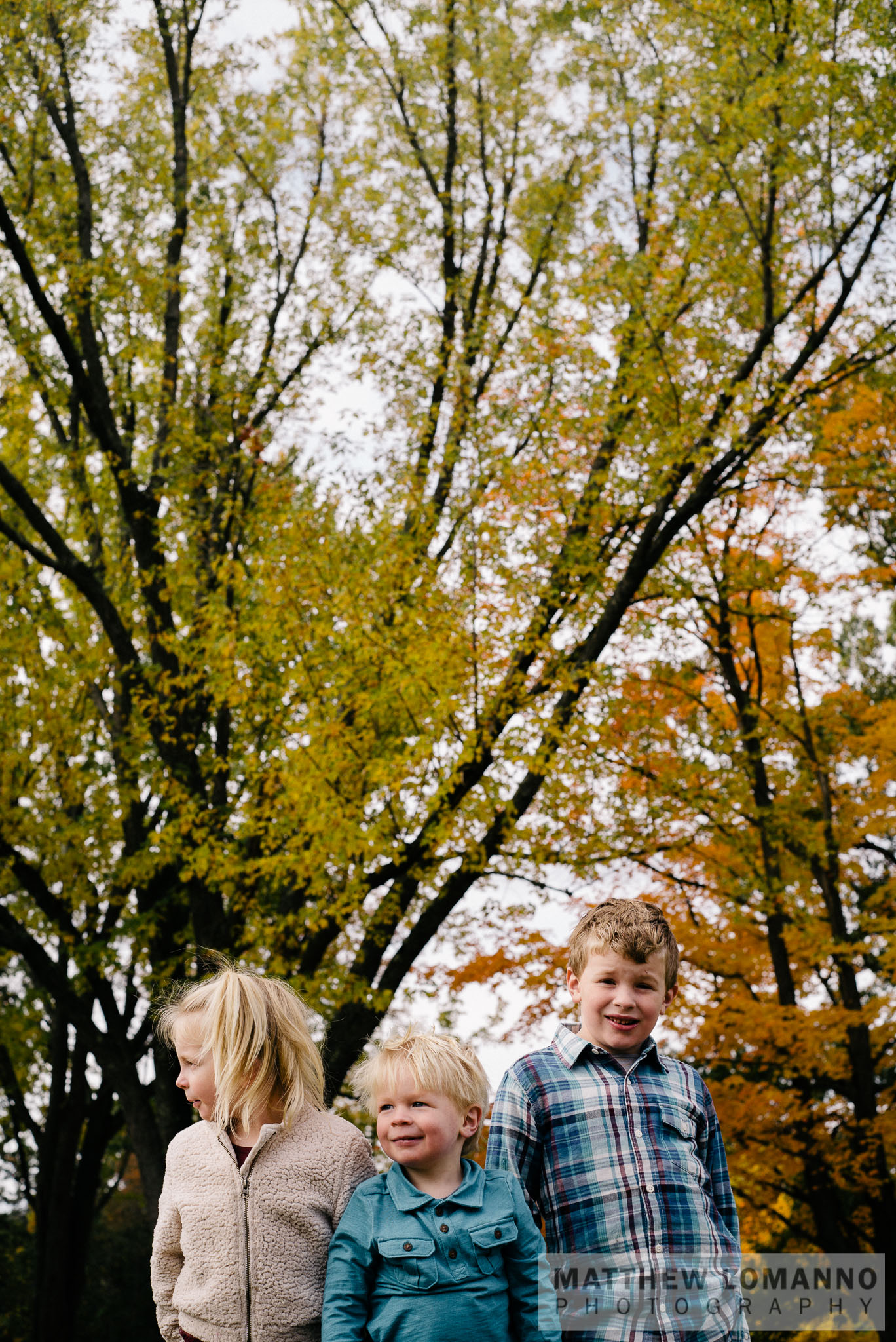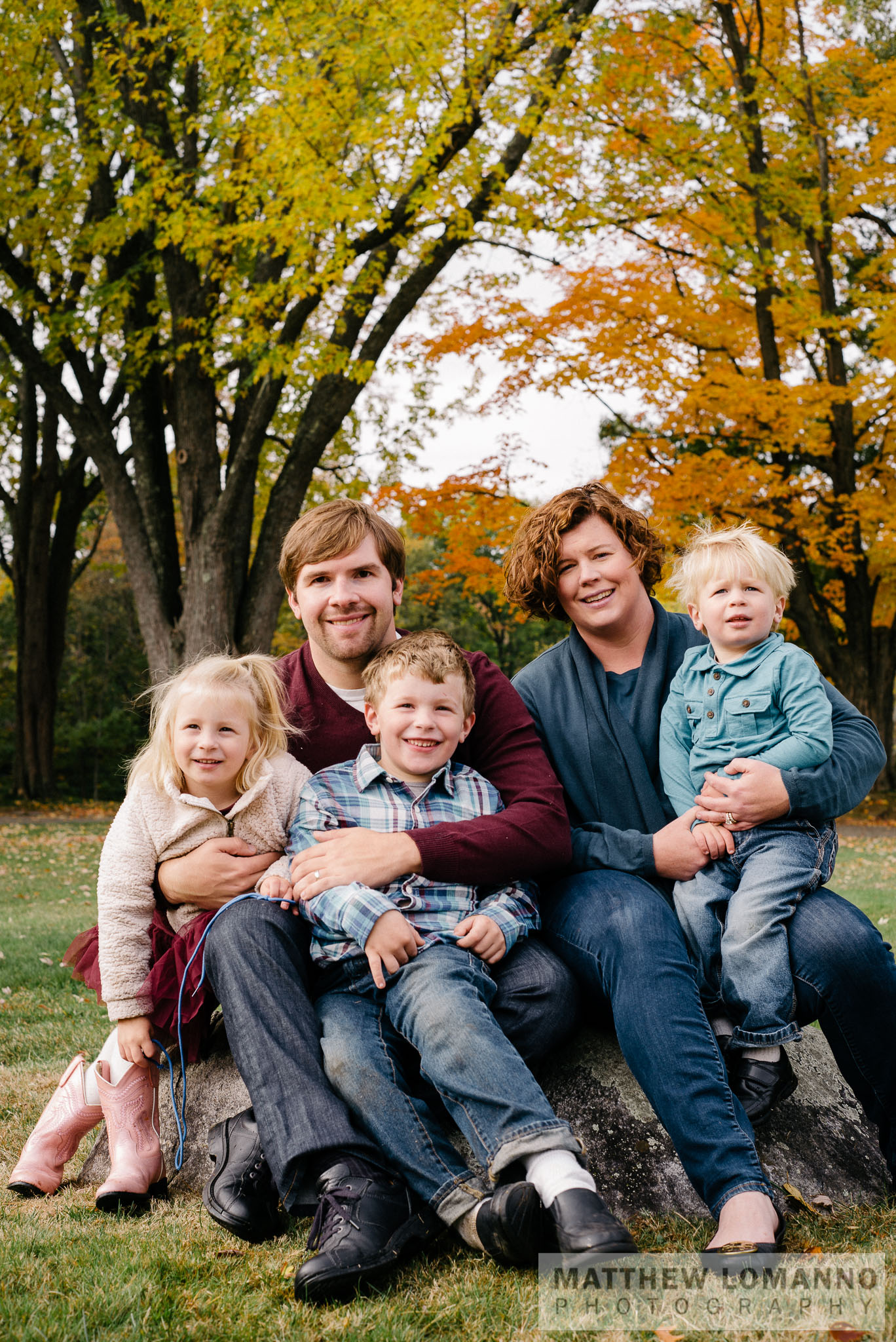In the first part, I wrote about the Openings artist residency on Lake George that I attended last summer. My primary goal for the week was to edit a long-term personal documentary project; making photographs was somewhat incidental (albeit quite necessary) to my stay.
I had known from the beginning that I wanted to create portraits during the week. A number of factors made this desire challenging, however.
First, besides common meals and an evening group discussion, each of us (18, I think) there was entirely self-directed regarding our schedules. Scattered throughout the campus grounds, everyone worked independently. Besides our own artistic work and goals, the area (both the grounds of St Mary’s on the Lake and the surrounding Lake George region) provided many opportunities for recreation: hiking, boating, swimming, and more. Finding someone—let alone at a point in which they were open to a brief sitting—would prove difficult.
Second, while most of the artists knew one another from previous Openings residencies or exhibitions, I came as a stranger. Of course, I’m often commissioned to photograph subjects I’ve just met; but in that case, the goal is mutually known. Here, I had developed friendships over a week via discussions, critiques, shared meals, daily liturgy, walks, and simply living in close proximity; to then ask them to be subjects… It wouldn’t seem to be difficult, and I should be far more comfortable than am I, but I’ve always lacked the boldness to simply do so.
Residents presented their week’s work on Thursday evening, which left Friday for a little work, cleaning, packing, farewells, and departures. The impending deadline—it was now or never to make the portraits—provided sufficient incentive to steel my courage. Similar to my approach in photographing the artists working, I didn’t need to photograph everyone: some weren’t interested, others left early, et al. I divided my day among finishing tasks, visiting, and being on a bit of a hunt. Of those who agreed, some were eager, and others had to be persuaded
The only artistic limit I placed upon myself was finding a different environment for each subject. Given the variety of locales on the campus, this was relatively simple. (Indeed, creating a series of portraits with such variety was a great pleasure.) In many cases, I simply photographed each wherever I found him or her.



